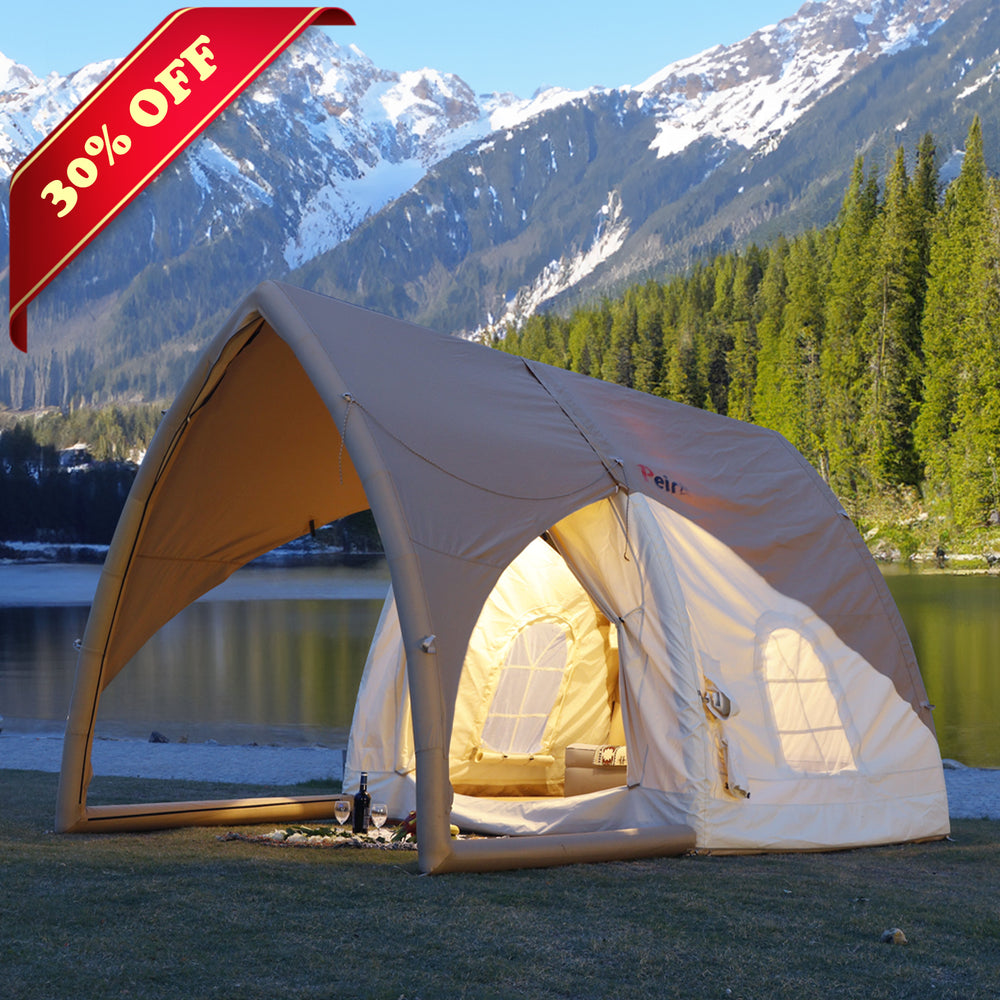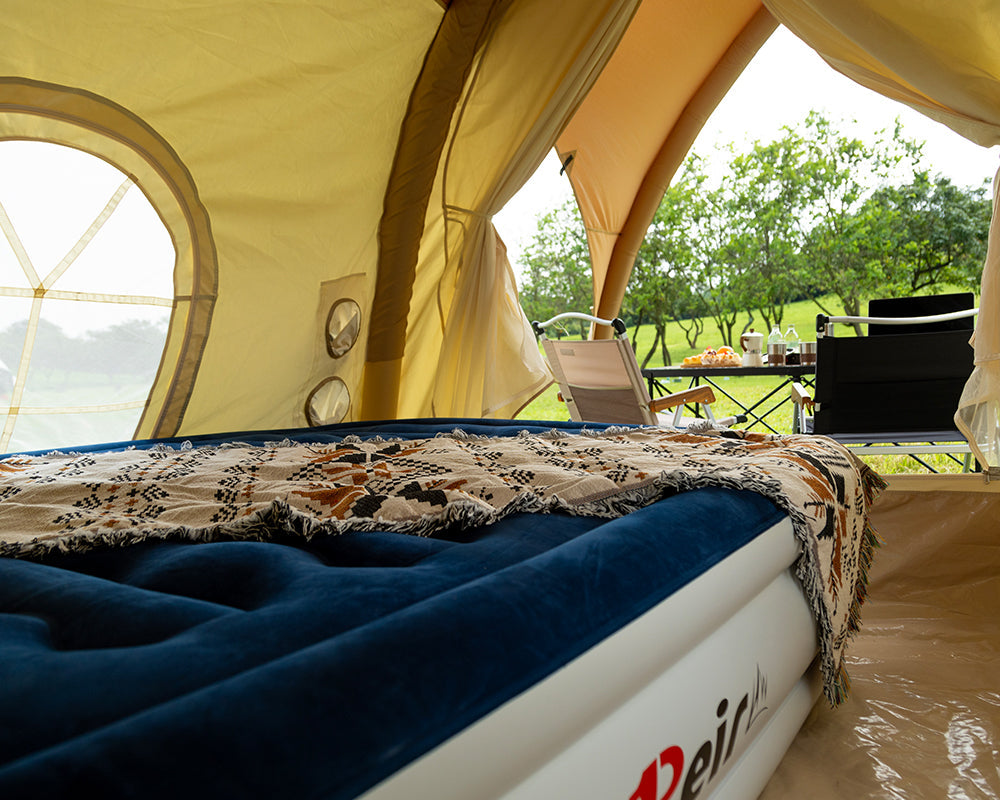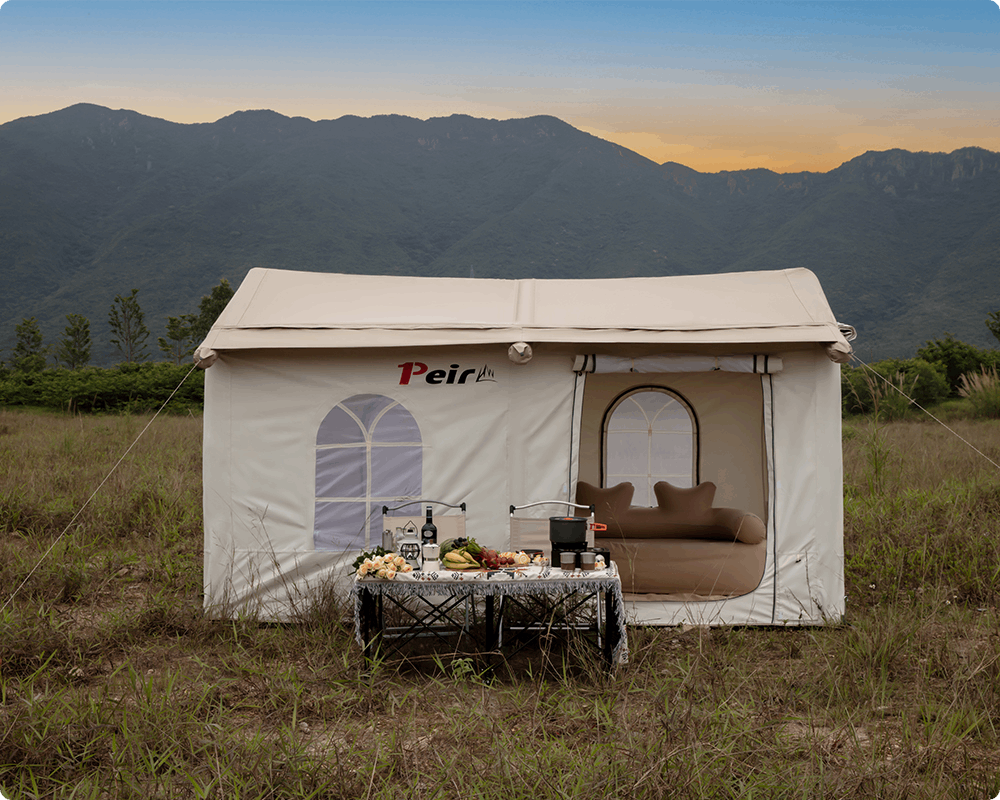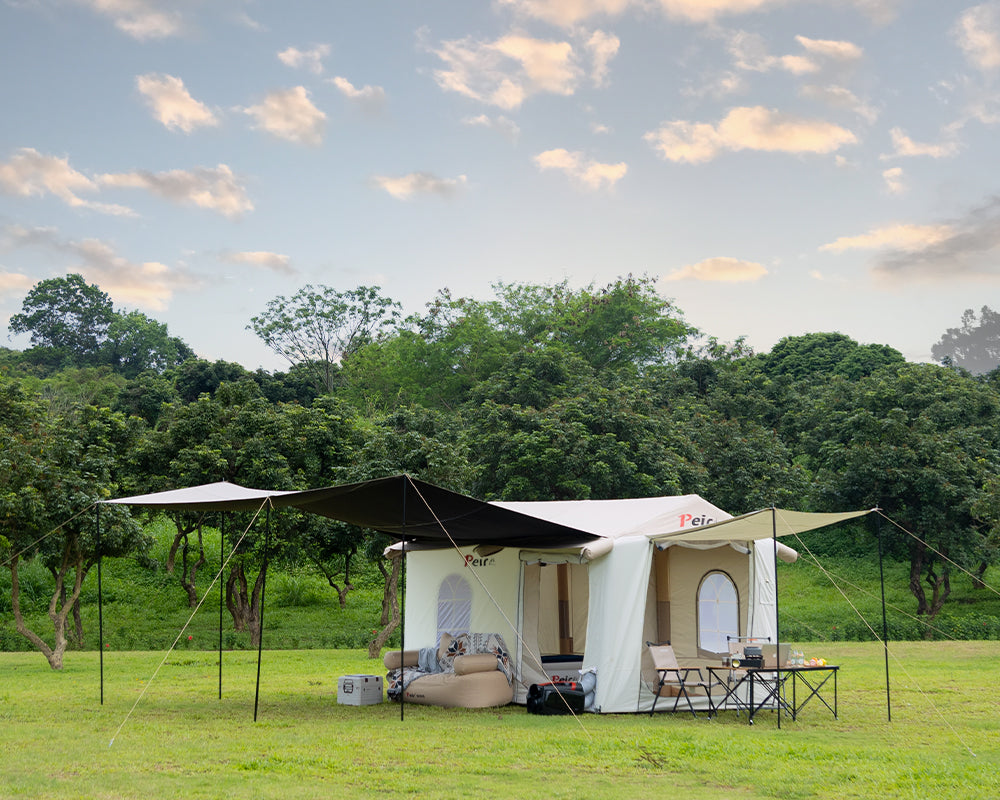In very cold temperatures, you’ll lose body heat faster than you can generate it. Using a variety of strategies to keep your body temperature up and preserve heat you can generate inside your tent, though, you can stay warm, even on cold nights.
With the right tent and camping gear, your season can easily extend into the winter months, and you can enjoy the outdoors when the weather isn’t always fair. Aside from choosing a four-season camping tent, you’ll benefit from knowing how to insulate a tent for winter camping.In this article, we’ll show you how to stay warm in a tent so you can stay as comfortable as possible while cold-weather camping.
1. Get the Right Tent
First of all, you need to make the right investment – tent wise. A 4 seasons tent is ideal for bringing for the winter. These tents are specially built to withstand harsh weather conditions. At the same time, you want to make sure you buy your tent on the smaller side. With a smaller tent, there’s less room for heat to escape.
2. Choose Your Campsite Wisely
When putting up your tent, use your surroundings to isolate it. Building a windbreak out of the snow can make a difference when sleeping in these cold weather conditions. This might take more time and effort than other tips but can make you sleep even better.
3. Use a Thermal Blanket
Placing a thermal blanket on top of the tent can also help in freezing temperatures. Using a thermal blanket to create a seal will help keep the heat trapped inside the tent. You might also use a thermal blanket inside your sleeping bag if you want to ensure body heat inside of it. Another way to enclose your tent is to bring a waterproof cover that will help keep snow out and heat inside.
4. Insulate the Floor
Most of the cold will come through the floor, so you have to make sure you insulate the tent’s base. You can use thermal blankets or thermal tarps to help create a layer between the ground and the floor of your tent. In addition, you should consider investing in an insulated sleeping bag or insulated sleeping pad if you’re not bringing a mattress.
5. Use Foam Padding
An easy and lightweight way to insulate your tent for winter camping is to bring along a large piece of foam padding. You can place it under your sleeping bag to create an insulated barrier between you and the floor to prevent body heat from escaping through the ground.
6.Sleeping Bag
Next up, and a camping essential is a warm sleeping bag. A mummy sleeping bag with drawstring hood will keep you cocooned and lock-in the heat. Try to go for a bag with a good temperature rating for sub-zero conditions. And if you go for a down filled bag, don’t forget to make sure it’s ethically sourced
7.Heat Packs
And if all else fails, get yourself some heat packs to pop inside your sleeping bag to help keep you warm all night. Or, try a good old fashion hot water bottle as the next best thing! Yes, you’ll need to boil water, but there’s nothing like a hot water bottle to warm those frozen toes!
Choosing the Right Tent
When it comes to winter camping, choosing the right tent is crucial. You need a tent that is sturdy, well-insulated, and able to withstand the harsh winter conditions. Here are three types of tents to consider:
Four-Season Tent
A four-season tent, also known as a 4 season tent, is the best option for winter camping. These tents are designed to withstand harsh winds, heavy snow, and low temperatures. They are made with thicker materials, have stronger poles, and come with a full-coverage rainfly. They also have more insulation, which helps keep you warm in cold weather.
Three-Season Tent
A three-season tent is designed for spring, summer, and fall camping. While it can be used in the winter, it's not recommended for extreme conditions. These tents are made with lighter materials and have less insulation, which means they are not as warm as four-season tents. However, they are more affordable and easier to set up.
Small Tent
If you are camping alone or with one other person, a smaller tent may be a good option. These tents are easier to heat and require less insulation. They also take up less space and are easier to set up. However, they may not be as comfortable as larger tents, and you may have to sacrifice some amenities.
When choosing a tent, consider the size, weight, and insulation. Look for a tent that is made with high-quality materials, has strong poles, and comes with a full-coverage rainfly. Consider the temperature rating and make sure the tent is suitable for the conditions you will be camping in. With the right tent, you can stay warm and comfortable during your winter camping trip.
Safety Considerations
When insulating your tent for winter camping, it's important to keep safety in mind. Here are a few key considerations to keep in mind:
- Fire Safety: If you plan to use a campfire to stay warm, make sure it's a safe distance away from your tent and any flammable materials. Always keep a fire extinguisher nearby and never leave the fire unattended.
- Carbon Monoxide Poisoning: If you're using a portable heater, make sure it's designed for indoor use and has a low oxygen sensor. Proper ventilation is also crucial to prevent carbon monoxide buildup.
- Proper Insulation Materials: Make sure you're using insulation materials that are safe for indoor use and won't release harmful chemicals when heated. Avoid using materials like foam board insulation that can release toxic fumes when burned.
- Emergency Preparedness: Always be prepared for emergencies by keeping a first aid kit, emergency blanket, and other necessary supplies on hand. Make sure you have a way to call for help if needed, such as a satellite phone or emergency beacon.
By keeping these safety considerations in mind, you can stay warm and comfortable while winter camping without putting yourself at risk.


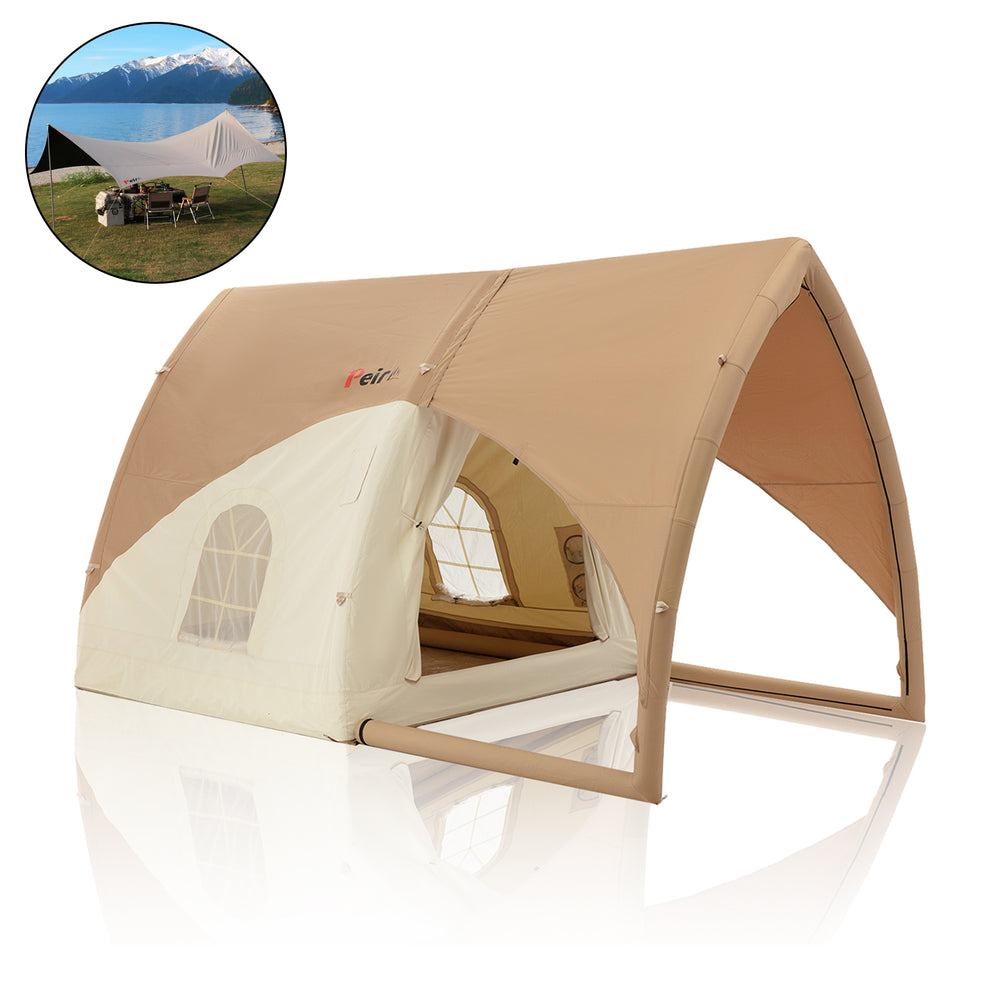
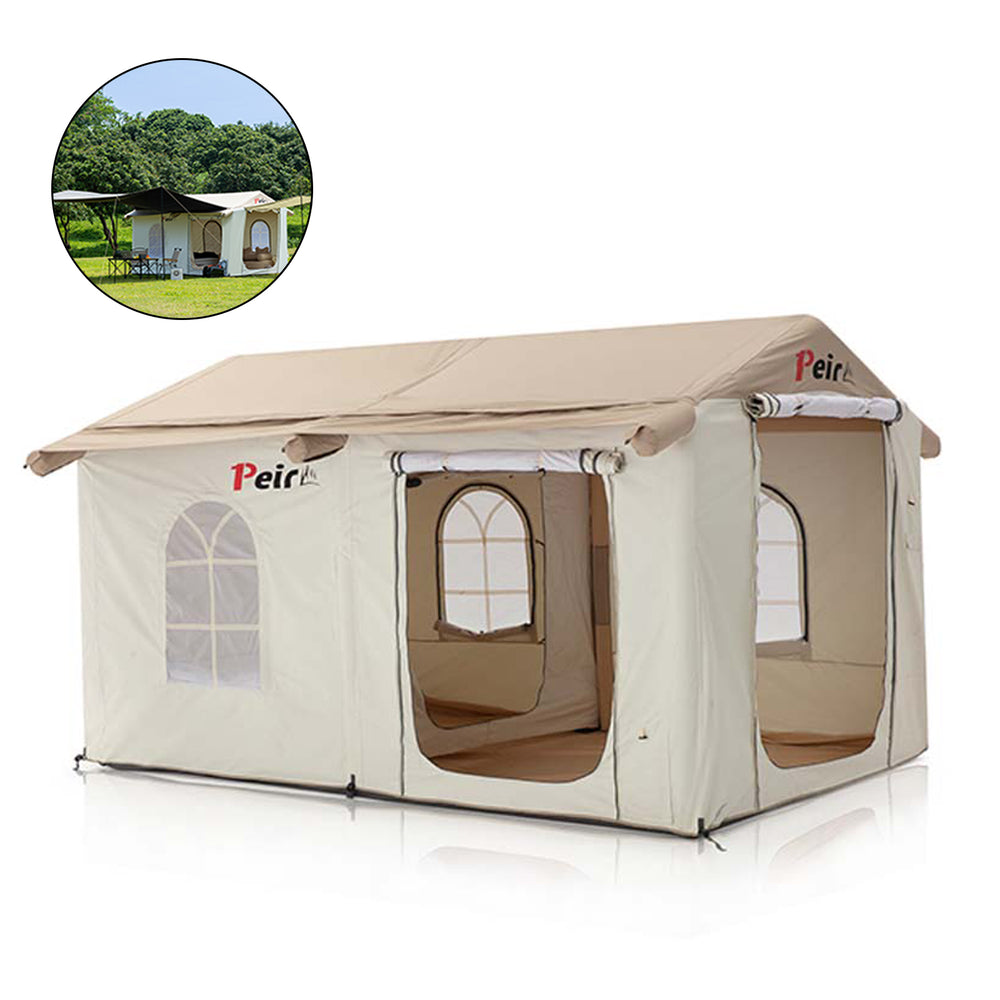
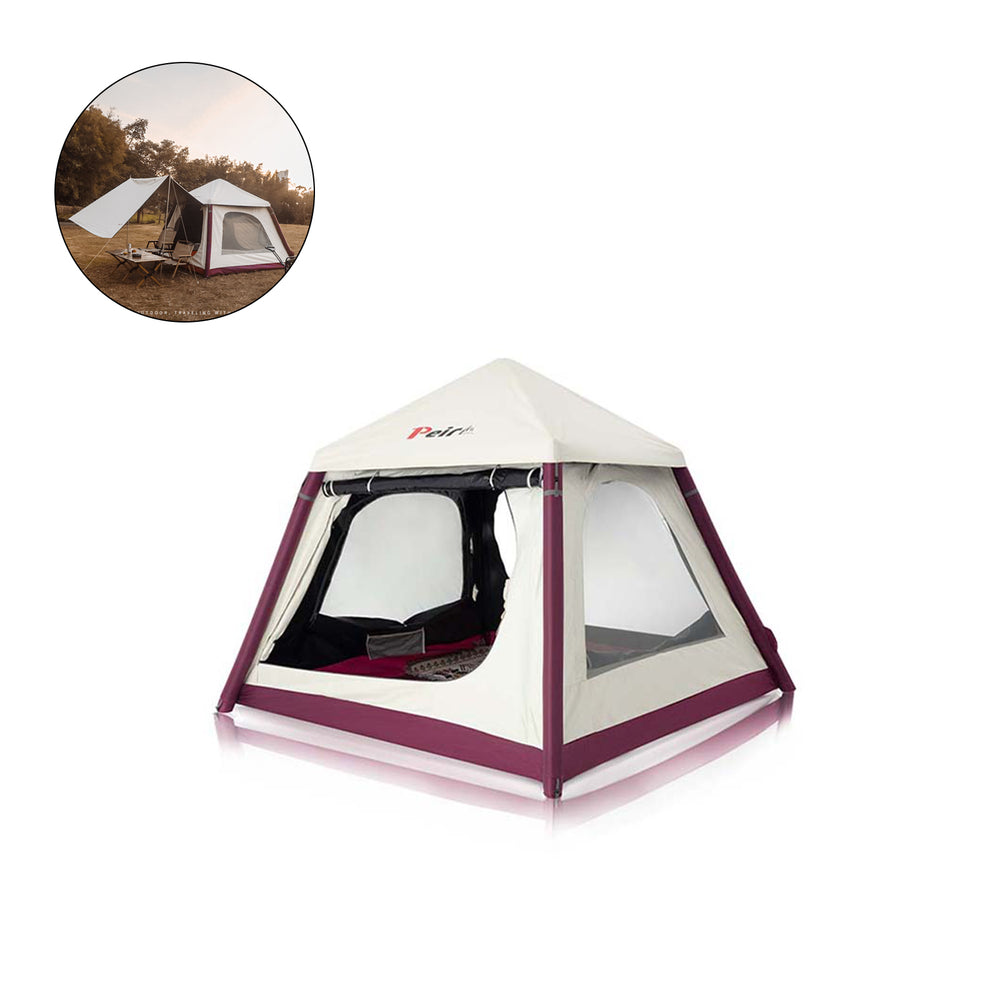
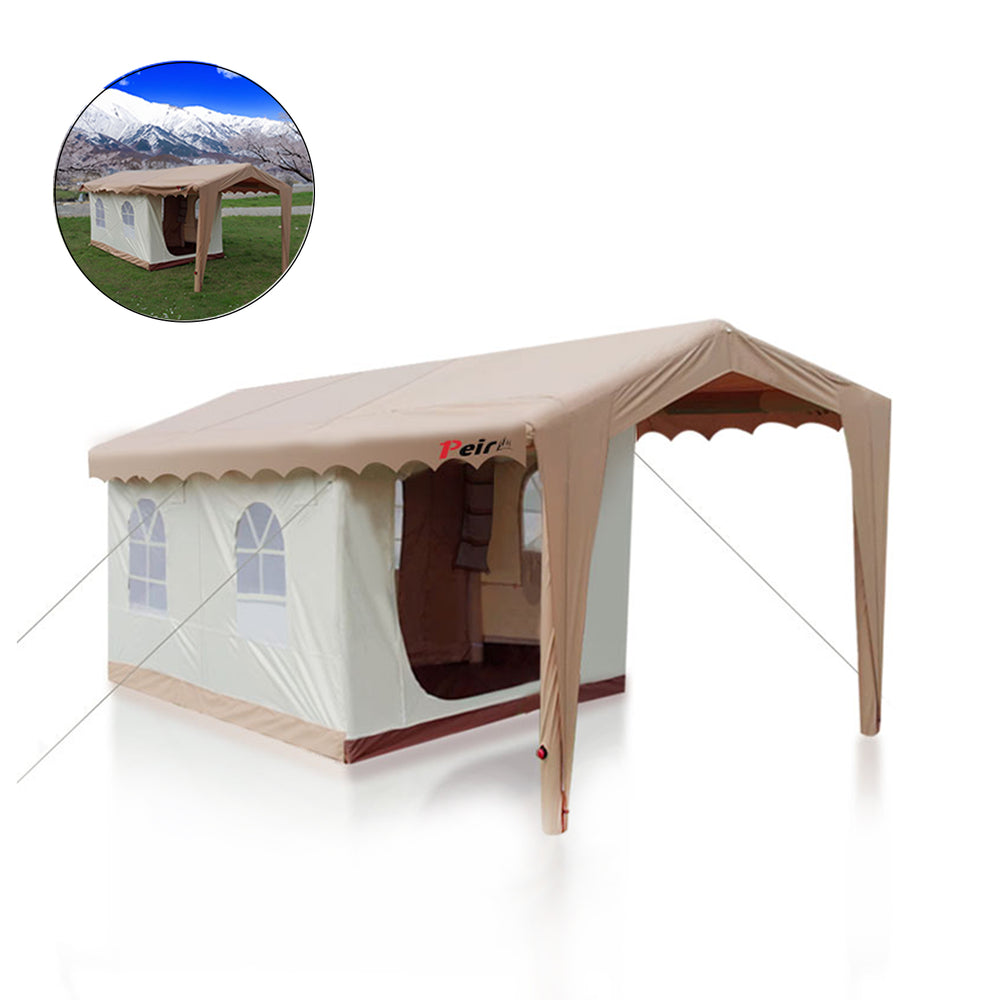
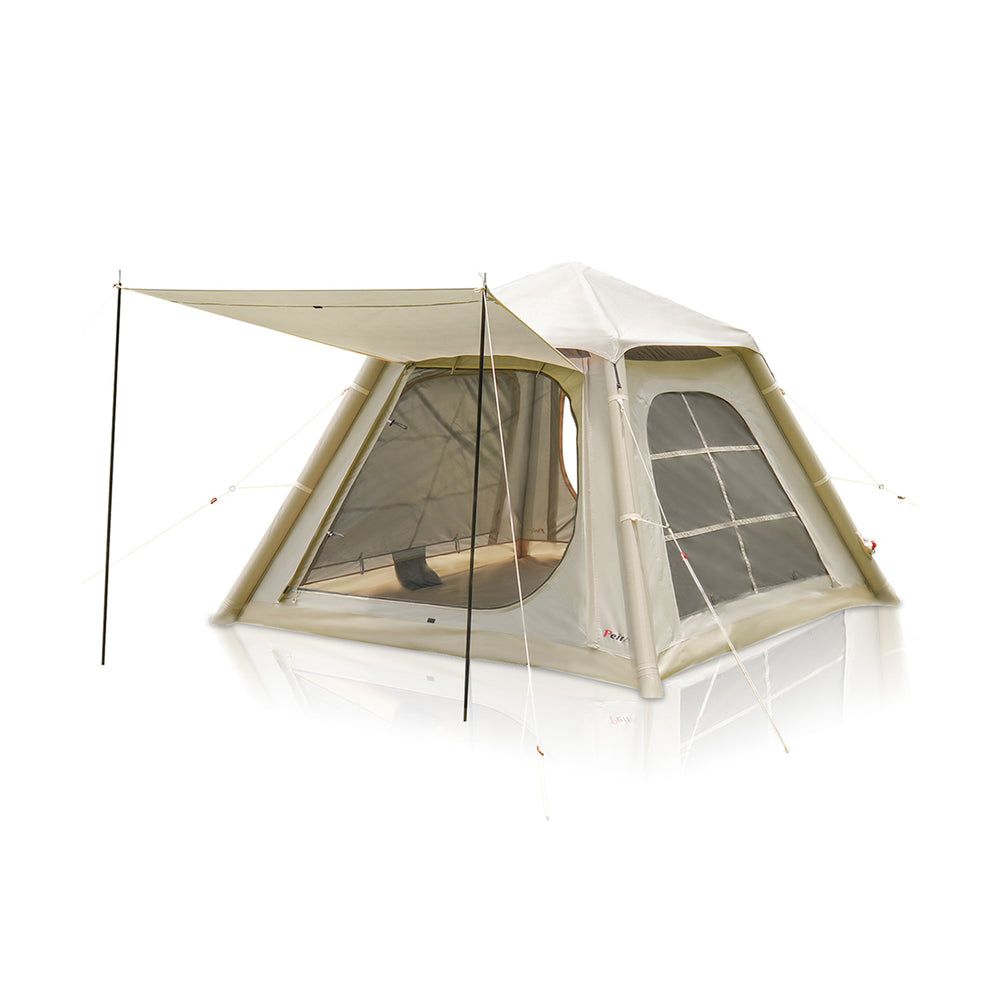
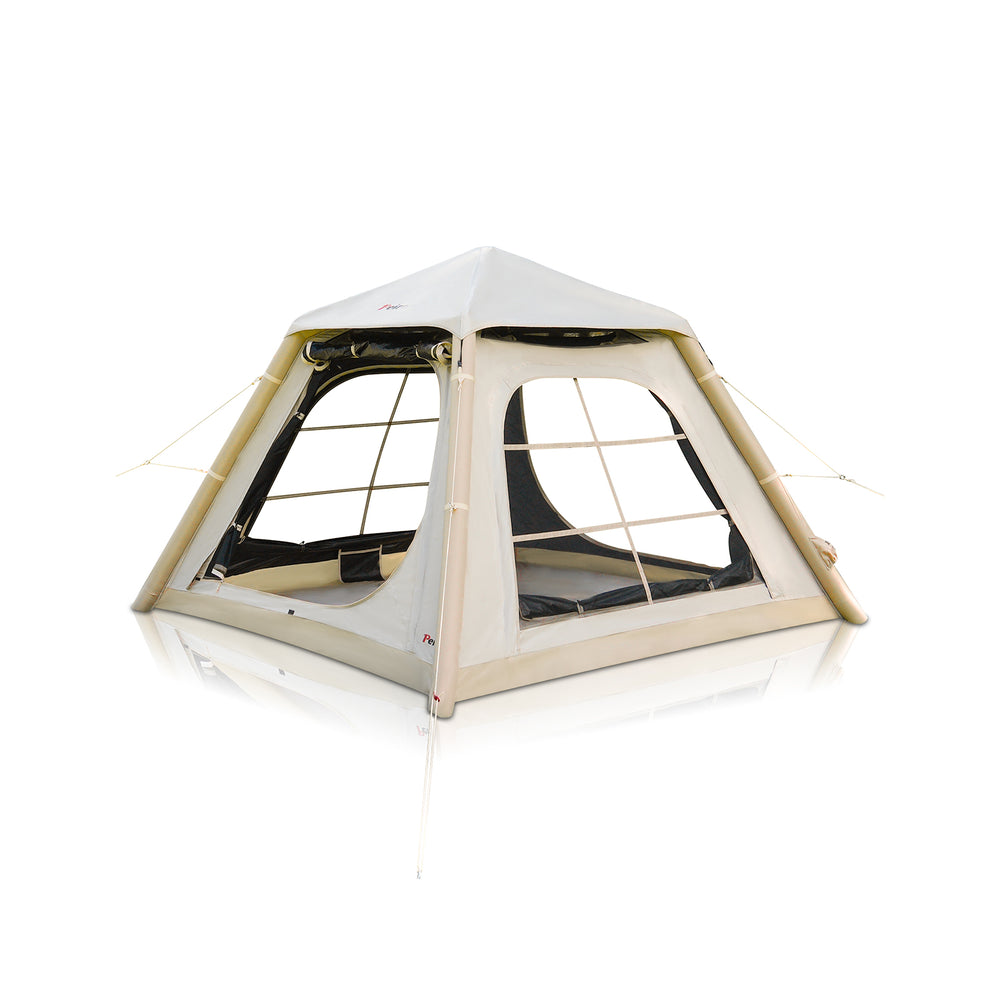
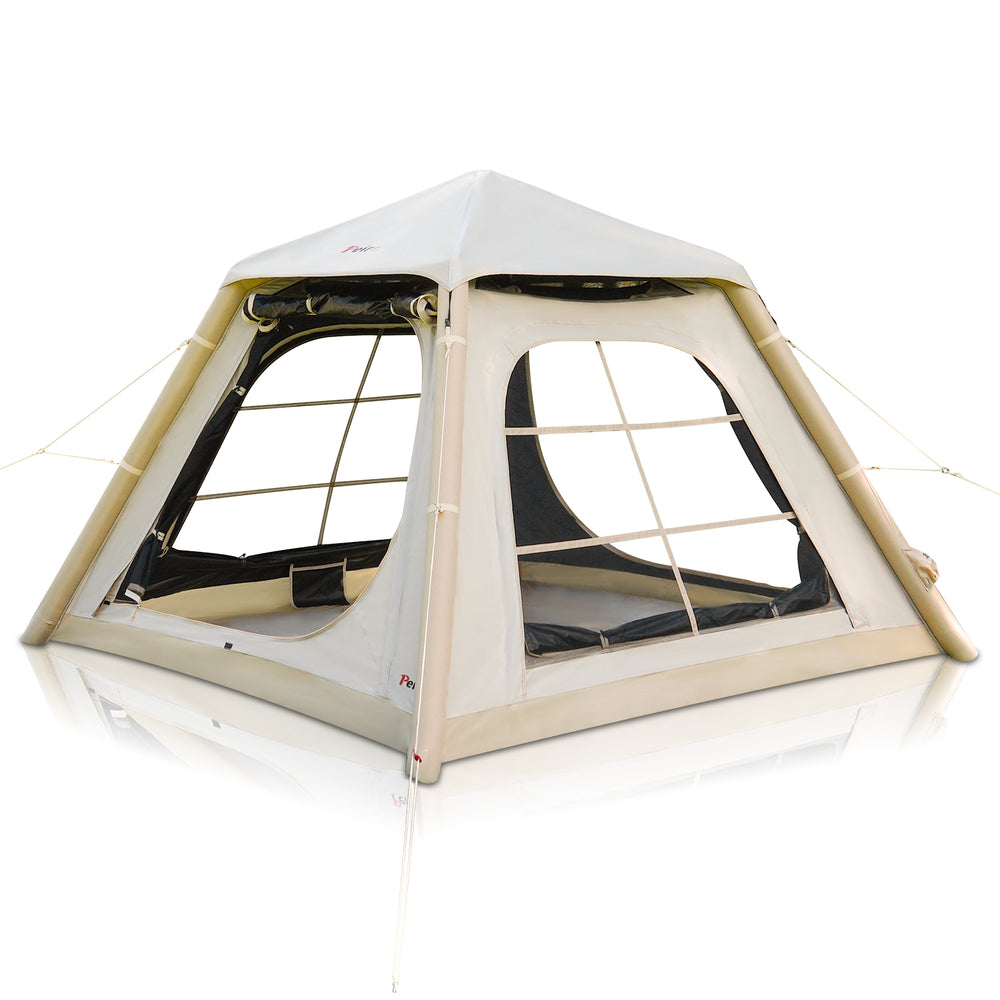
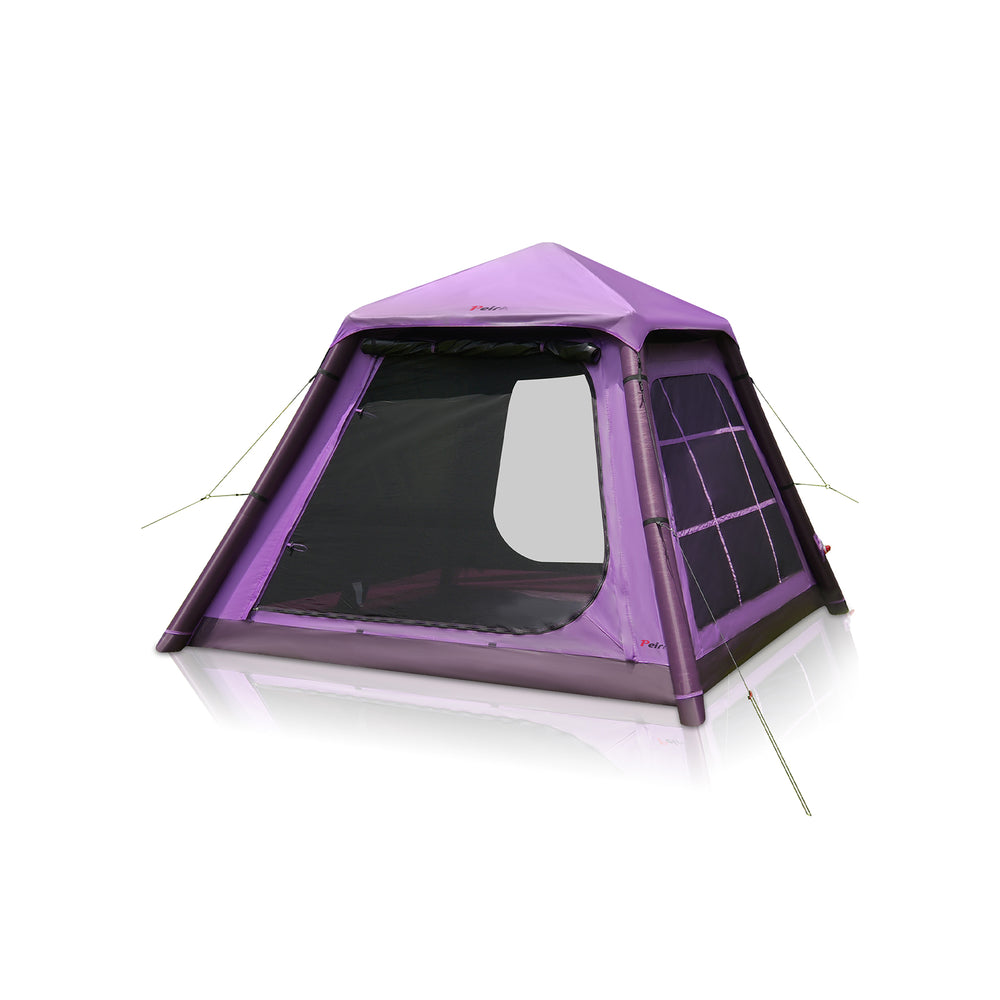
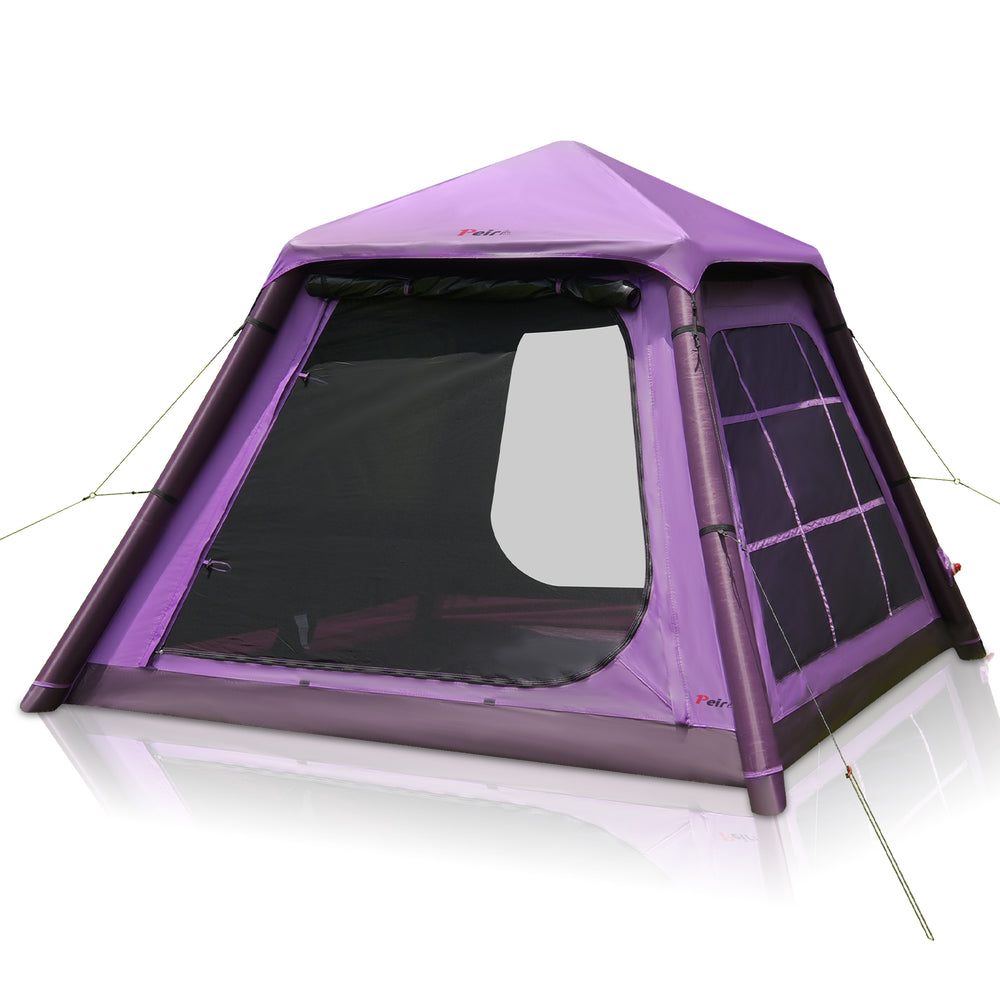
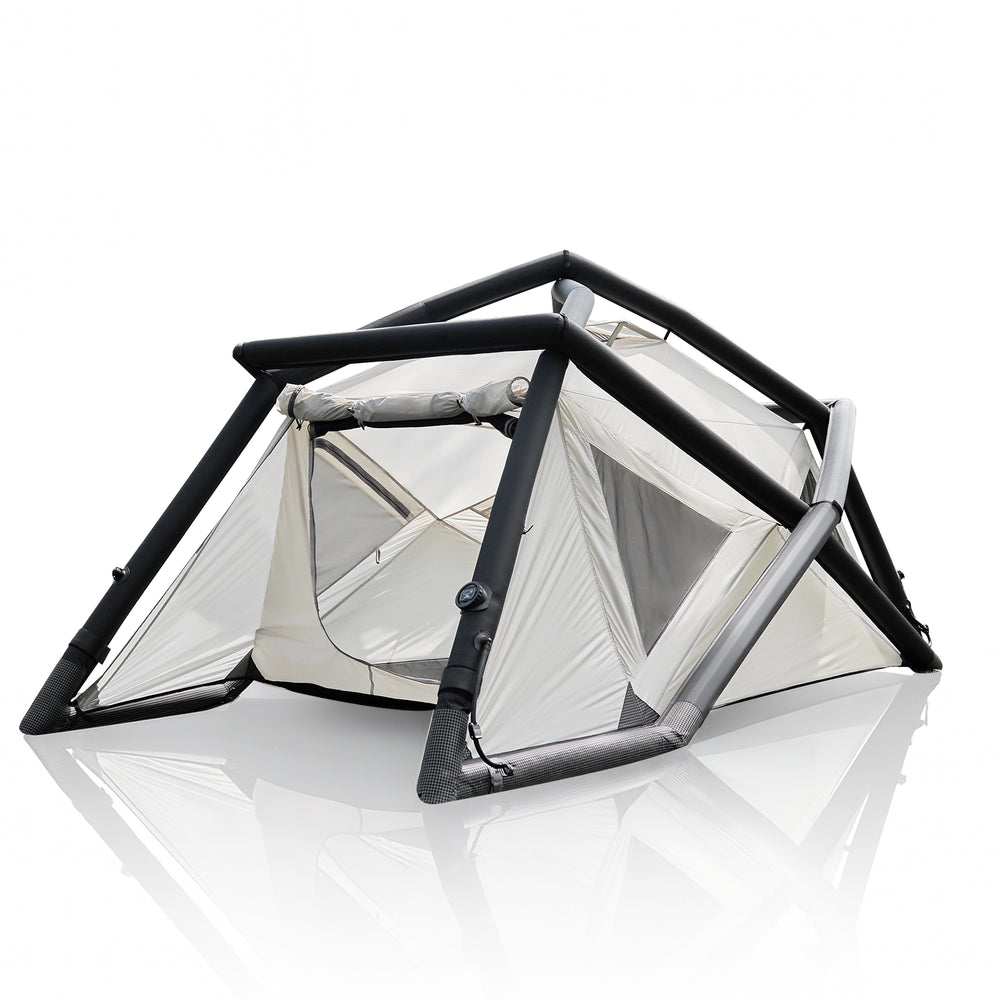
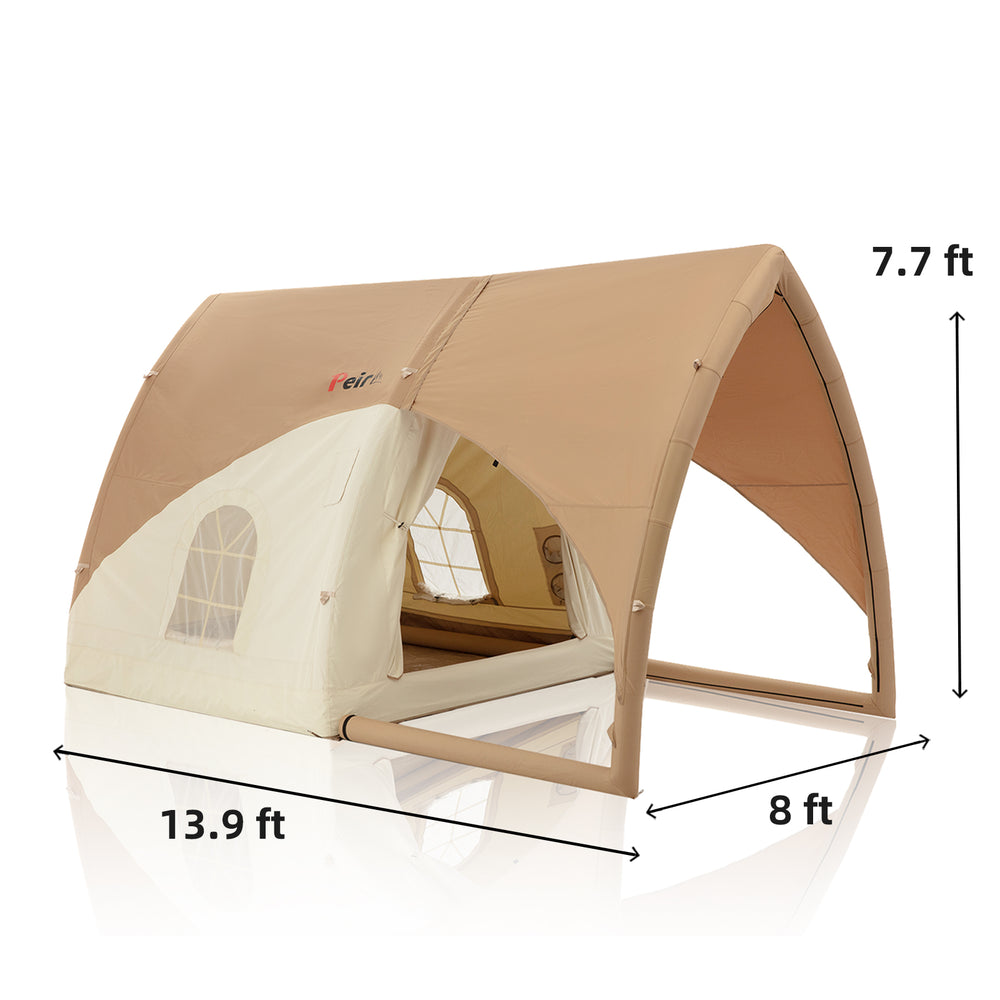 Peirhw Inflatable House Tent - Starry Night Love
Peirhw Inflatable House Tent - Starry Night Love
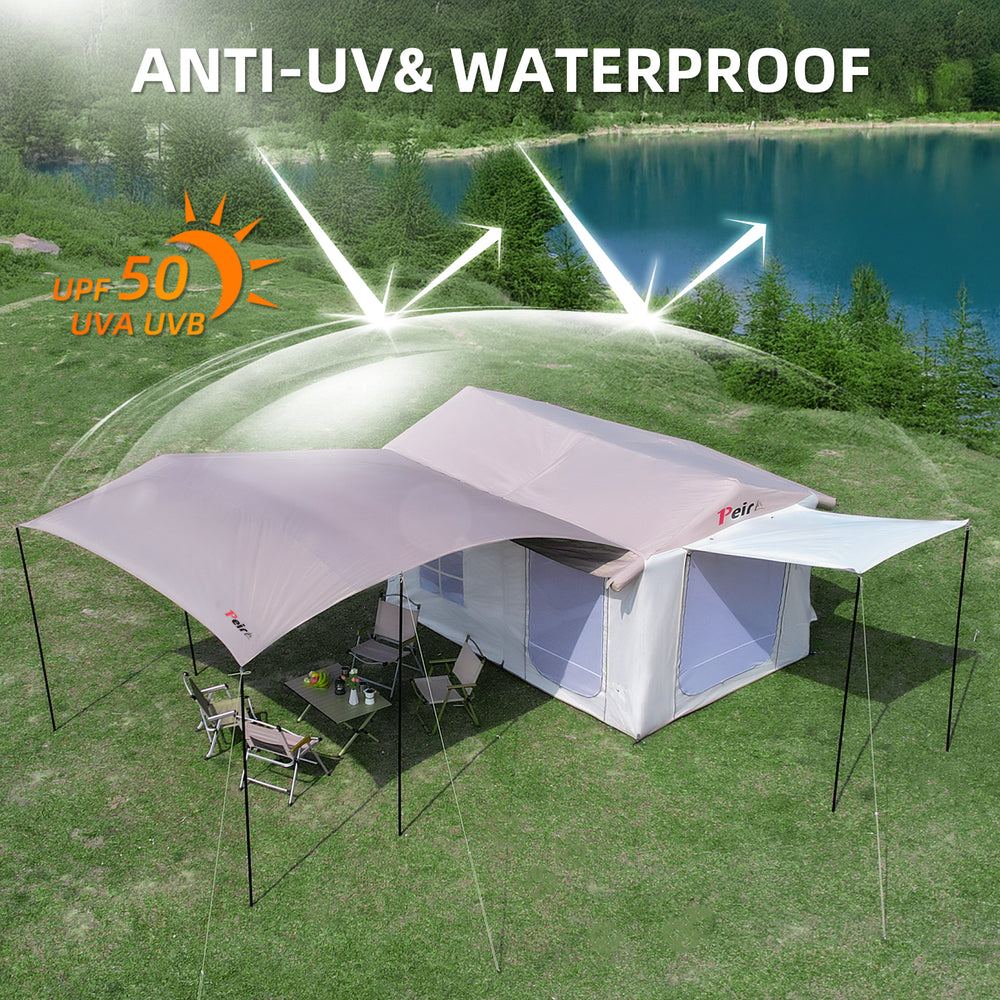 Peirhw Glamping Tents - Friendship Castle
Peirhw Glamping Tents - Friendship Castle
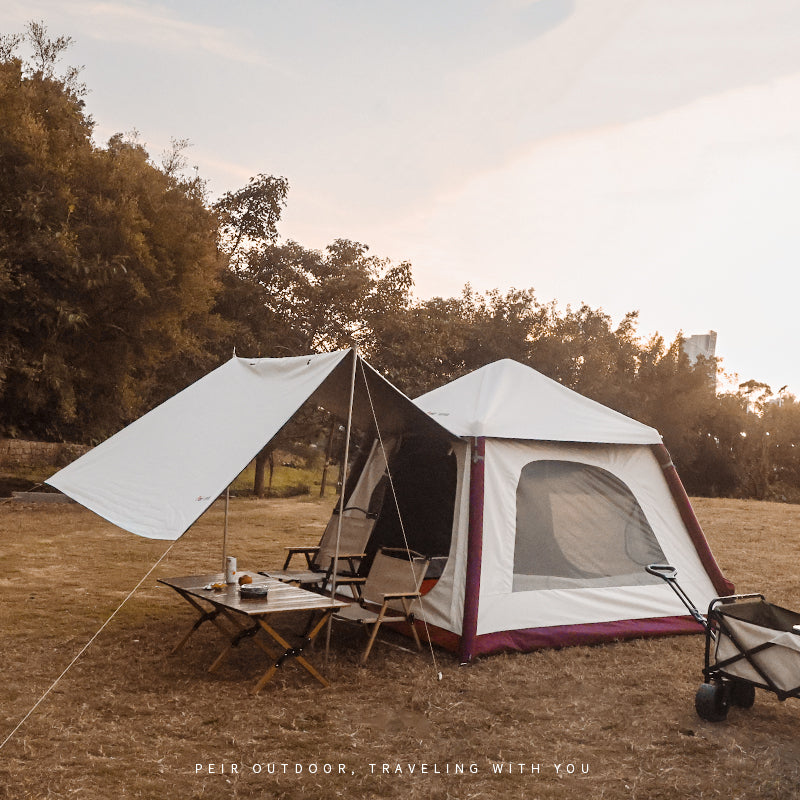 Peirhw Inflatable Canopy Tent - Adventurer
Peirhw Inflatable Canopy Tent - Adventurer
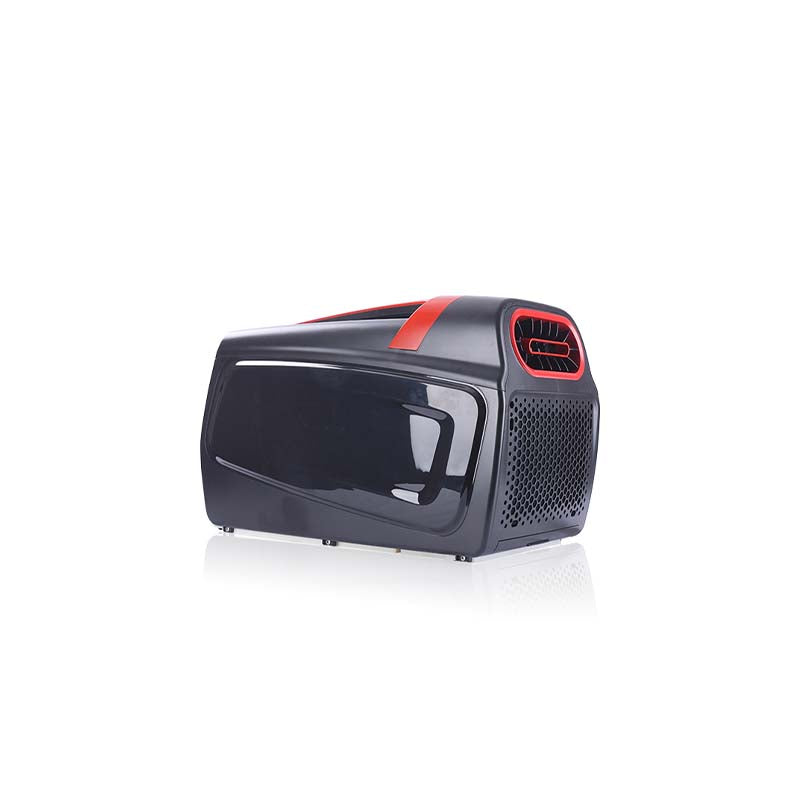
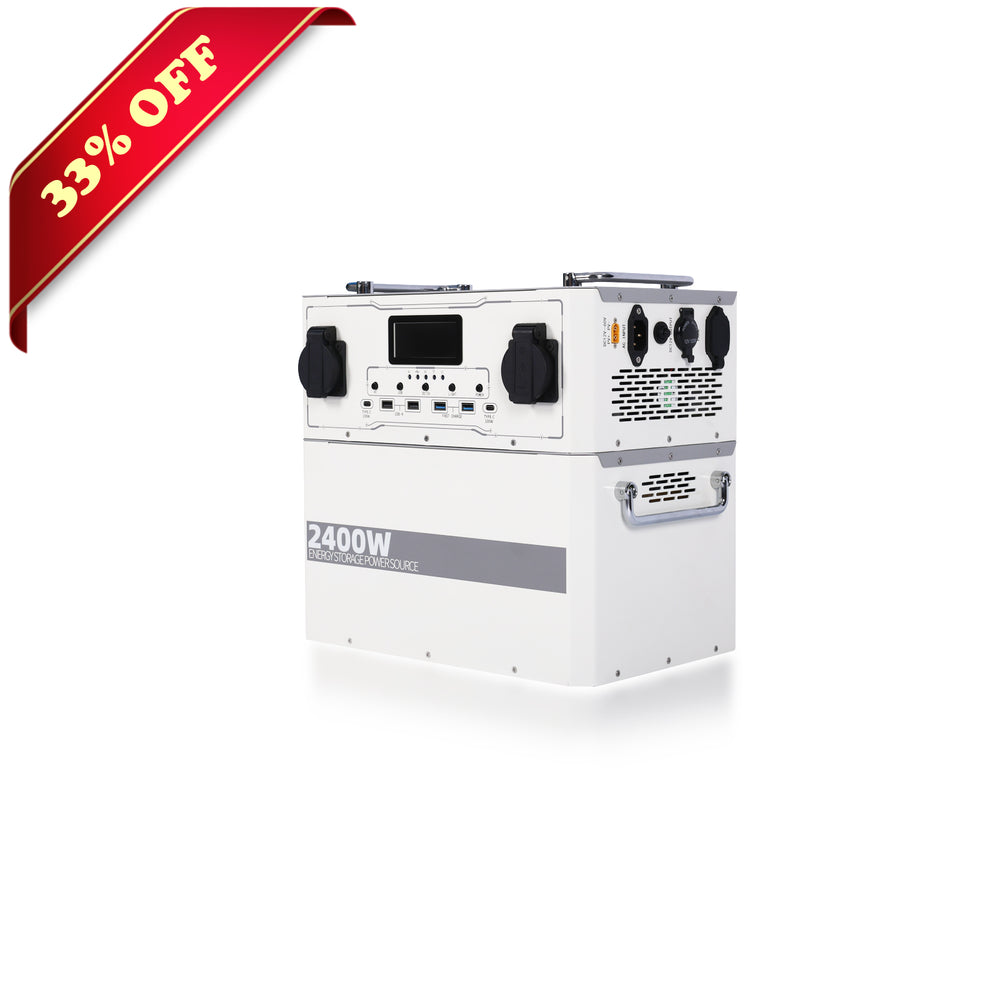
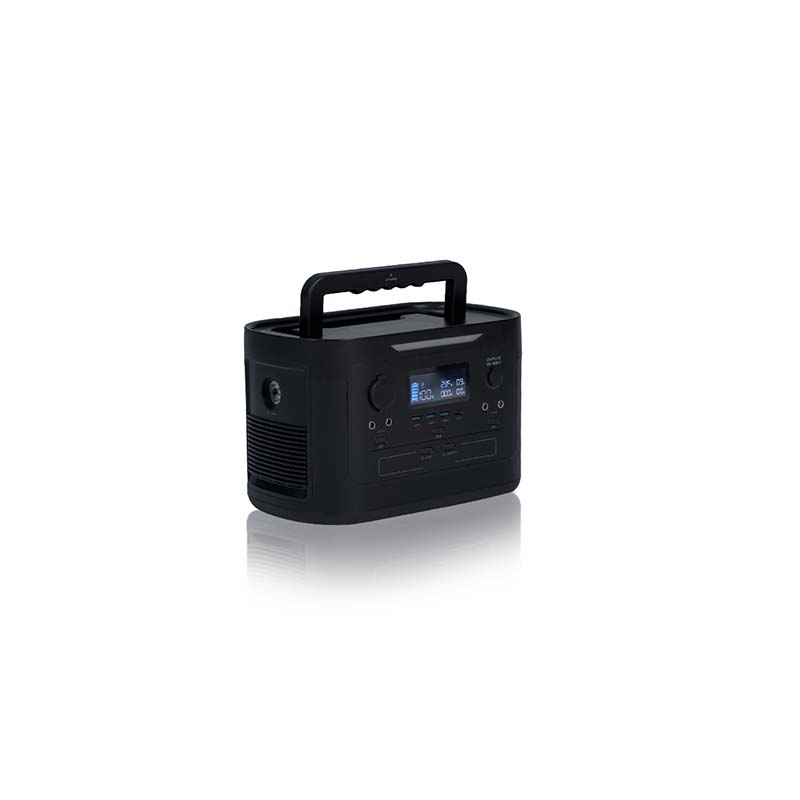
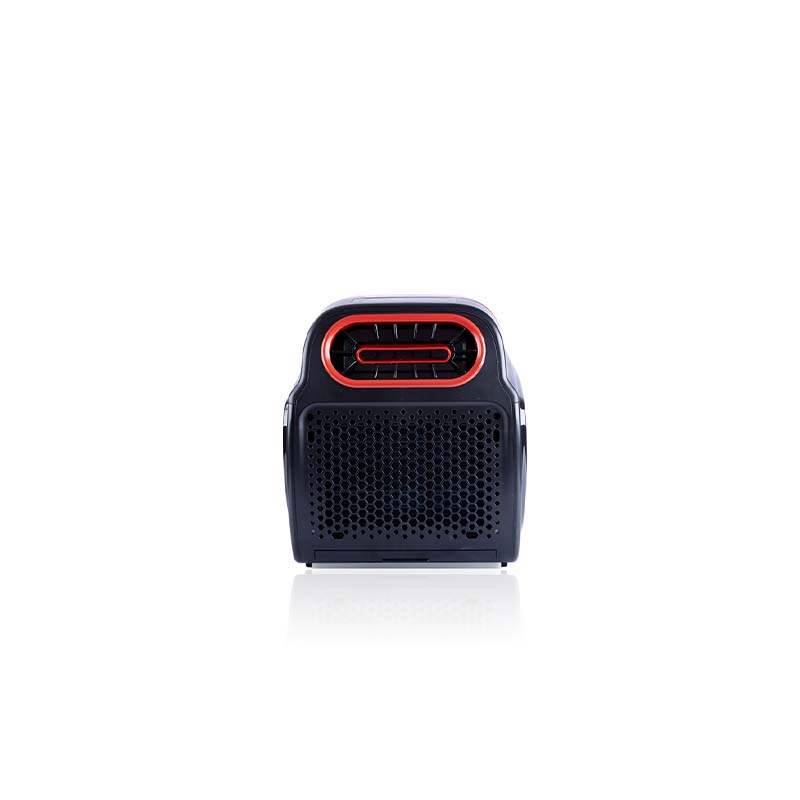 Peirhw Portable Air Conditioner
Peirhw Portable Air Conditioner
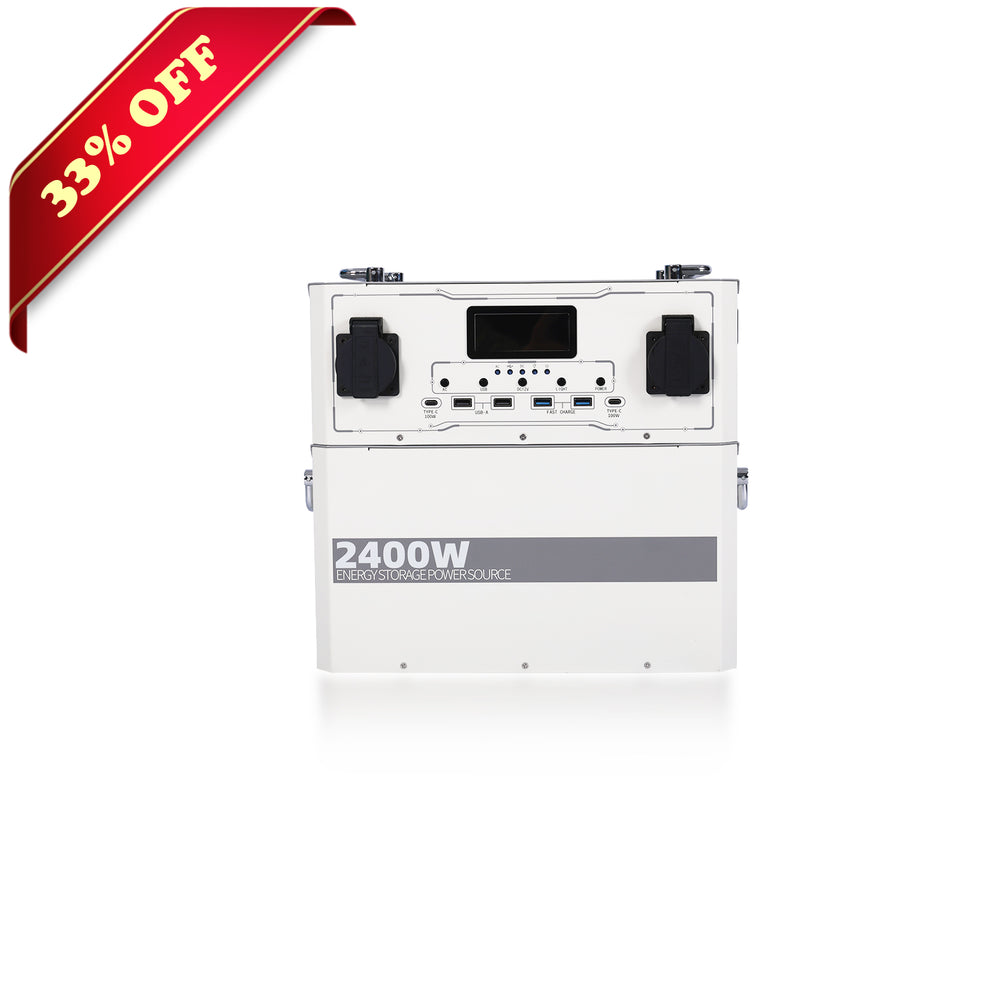 【Advance Sale】Peirhw Portable Power Station 2400W
【Advance Sale】Peirhw Portable Power Station 2400W
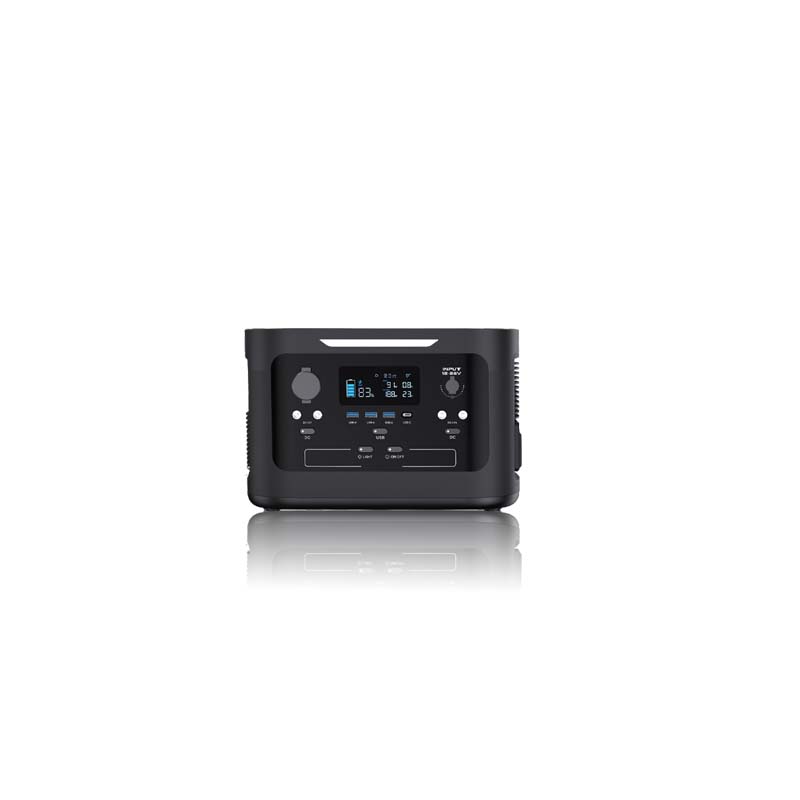 【Advance Sale】Peirhw Portable Power Station 600W
【Advance Sale】Peirhw Portable Power Station 600W
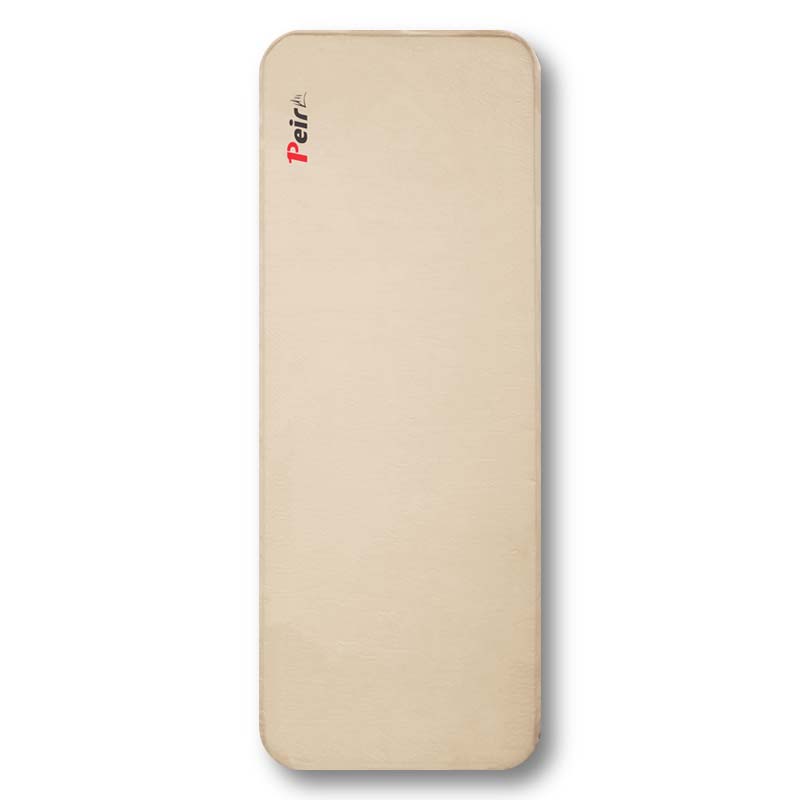
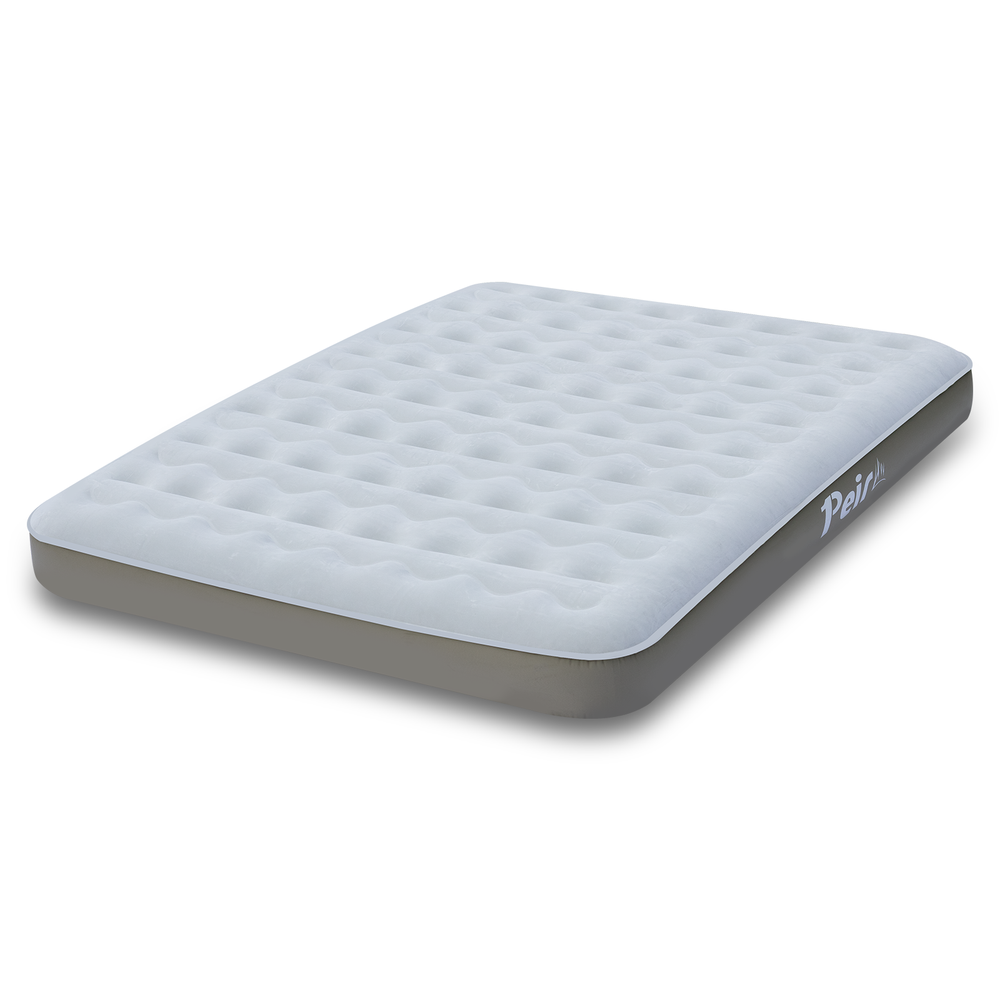
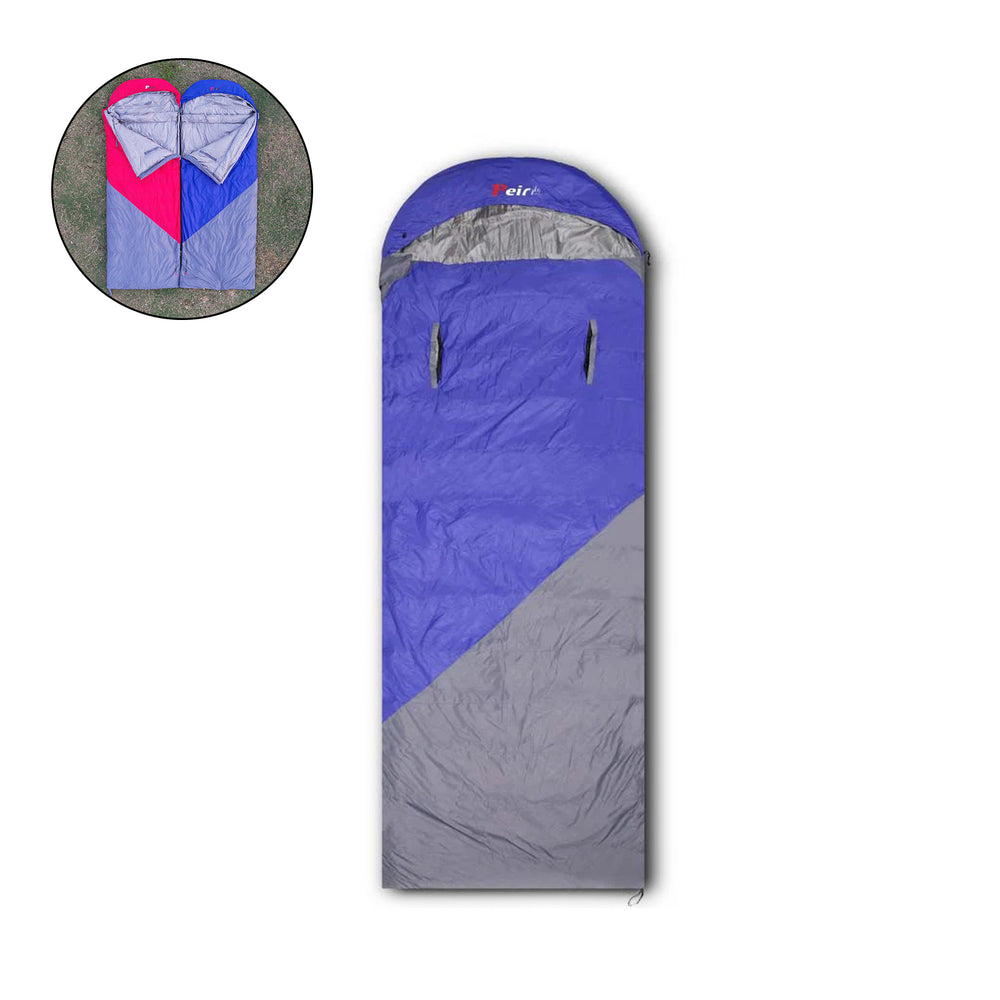
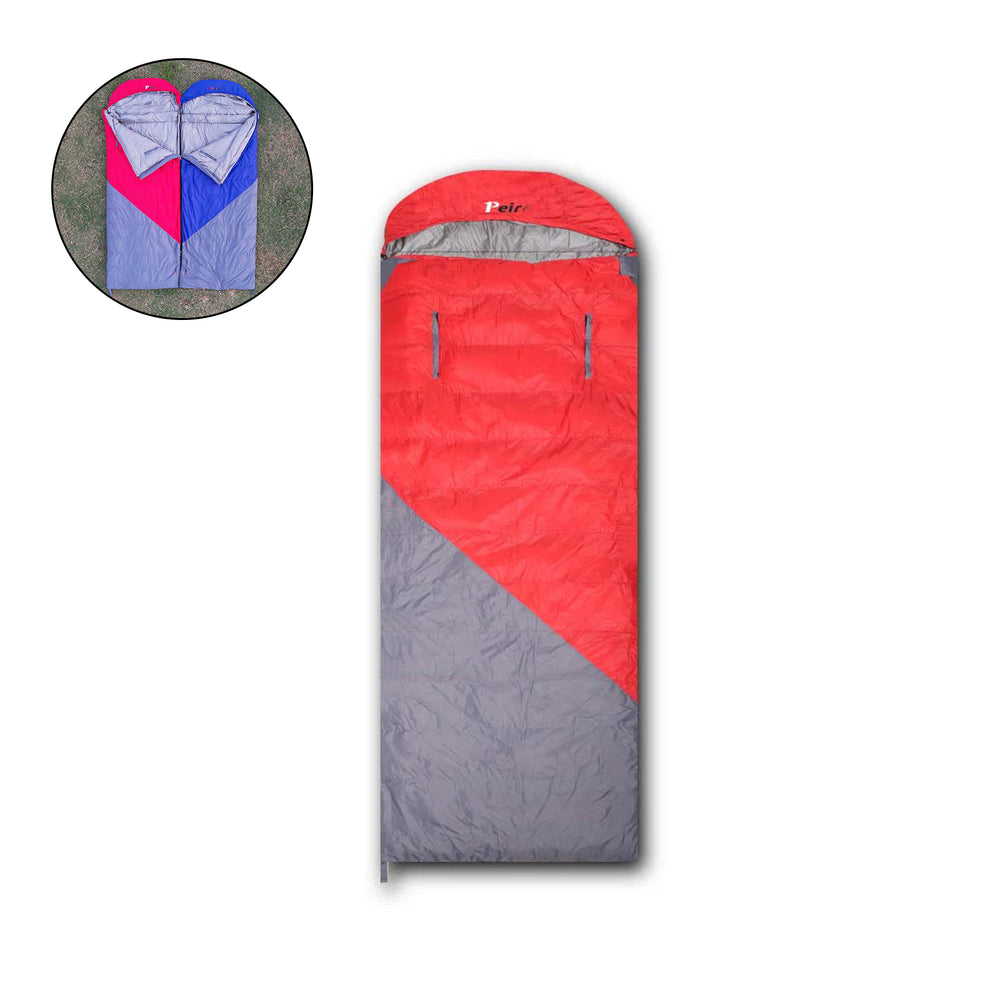
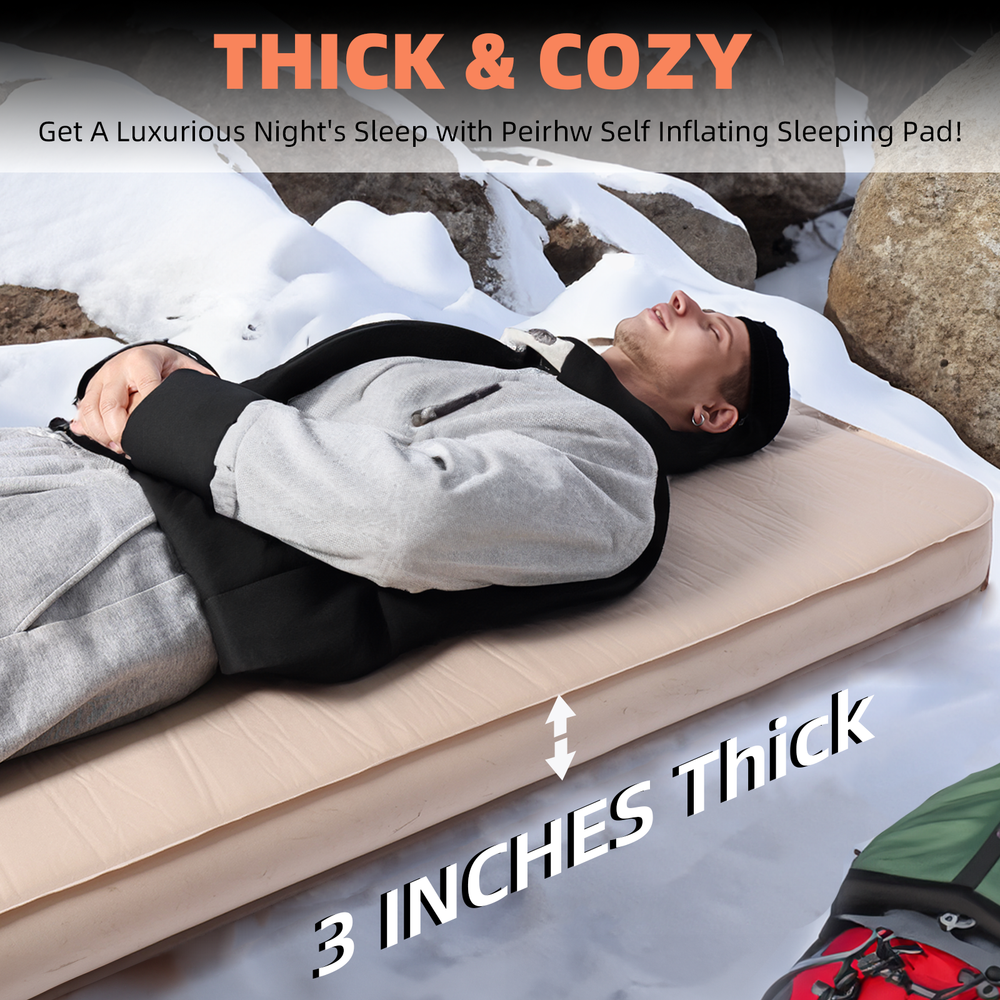 Peirhw Self Inflating Sleeping Pad
Peirhw Self Inflating Sleeping Pad
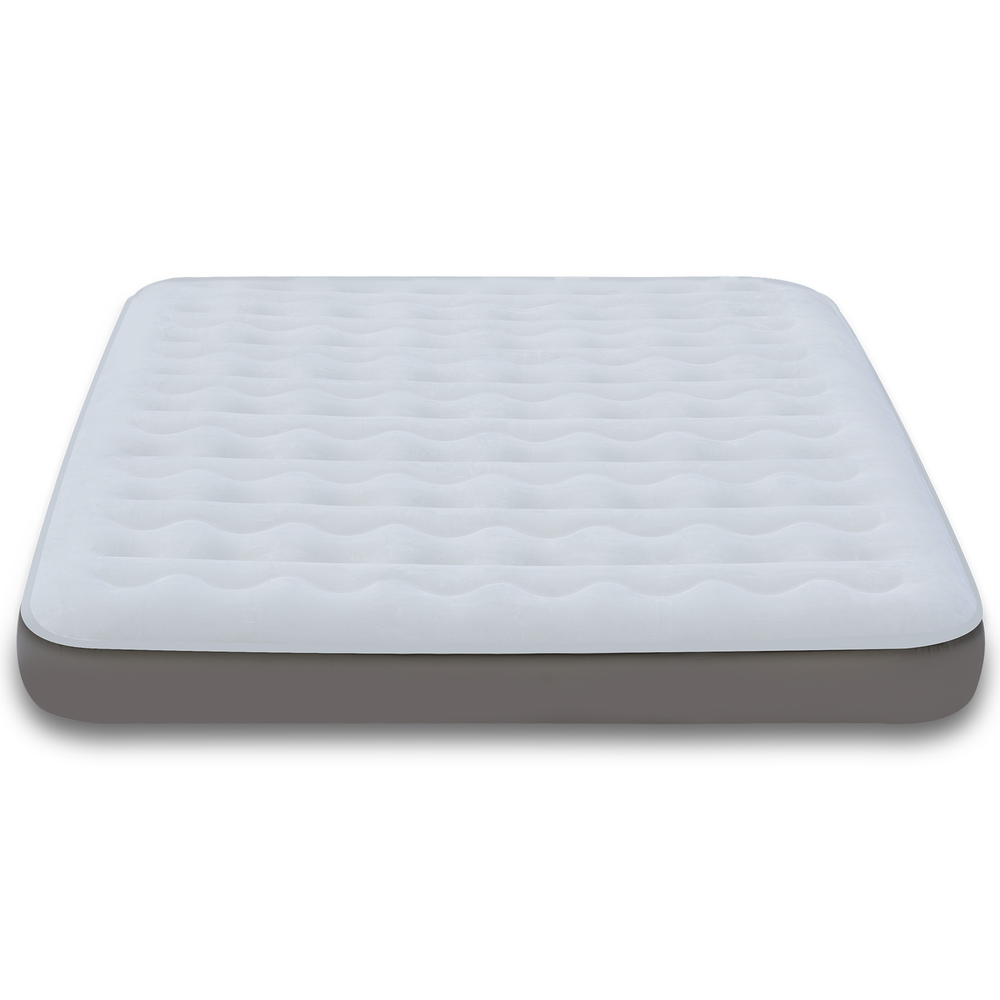 Peirhw Air Mattress (8" Queen Type)
Peirhw Air Mattress (8" Queen Type)
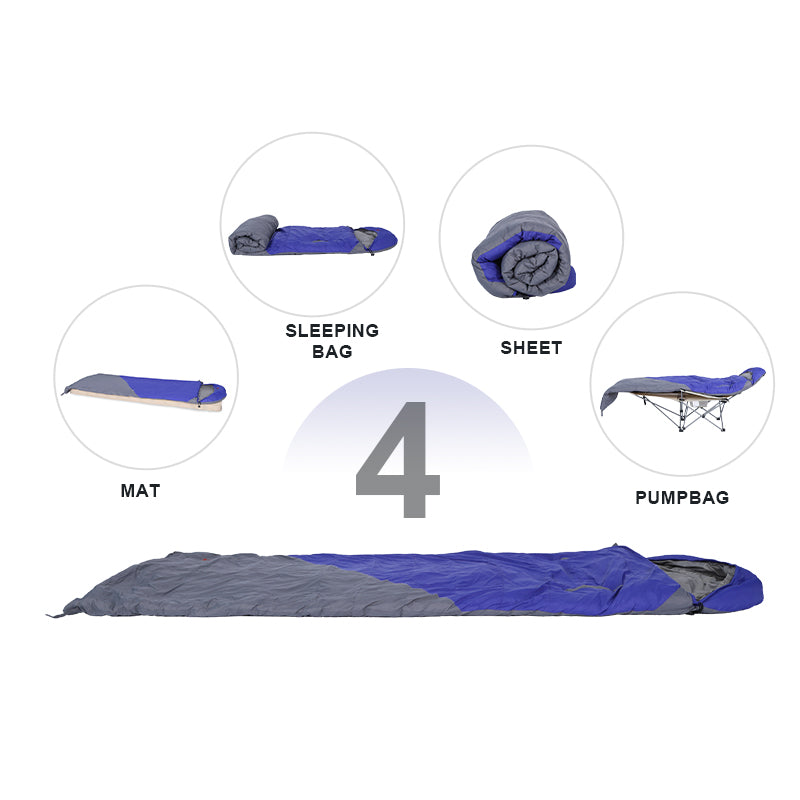 Peirhw Camping Sleeping Bag
Peirhw Camping Sleeping Bag
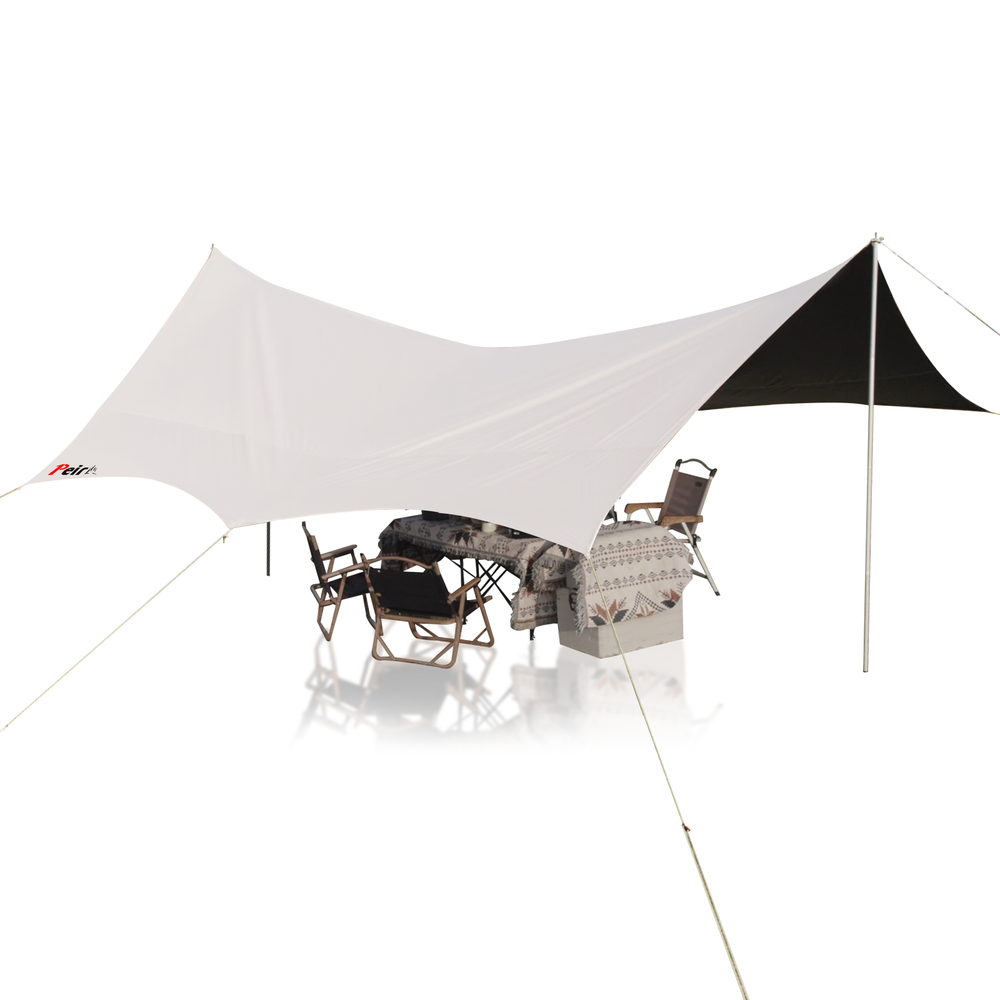
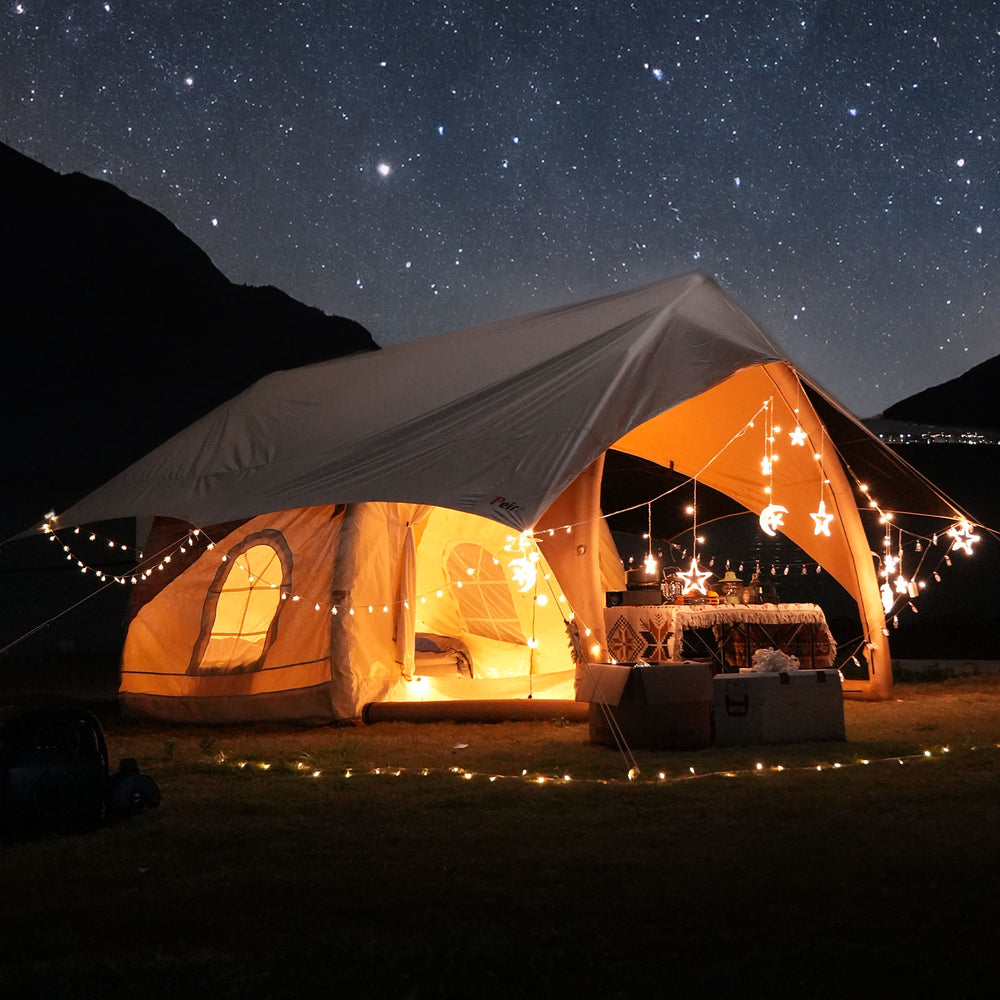
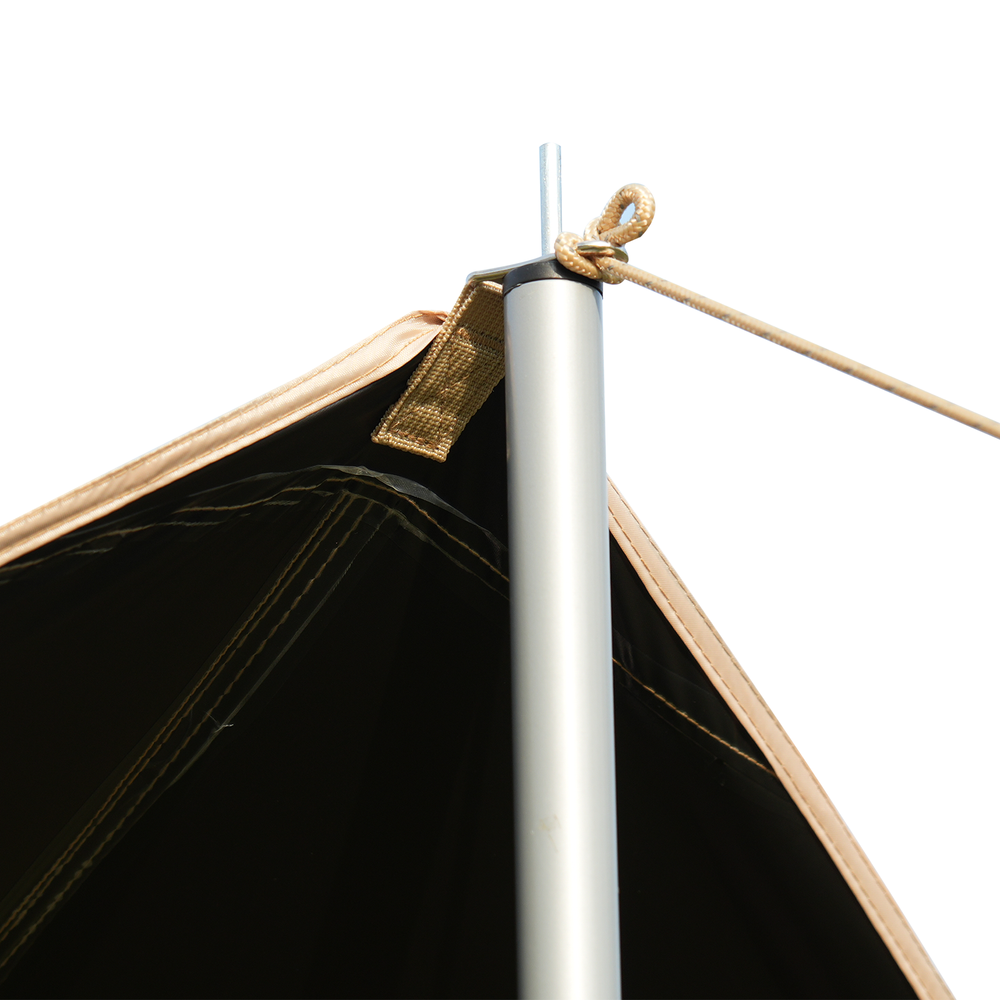 Peirhw Butterfly-shaped Canopy for Camping
Peirhw Butterfly-shaped Canopy for Camping
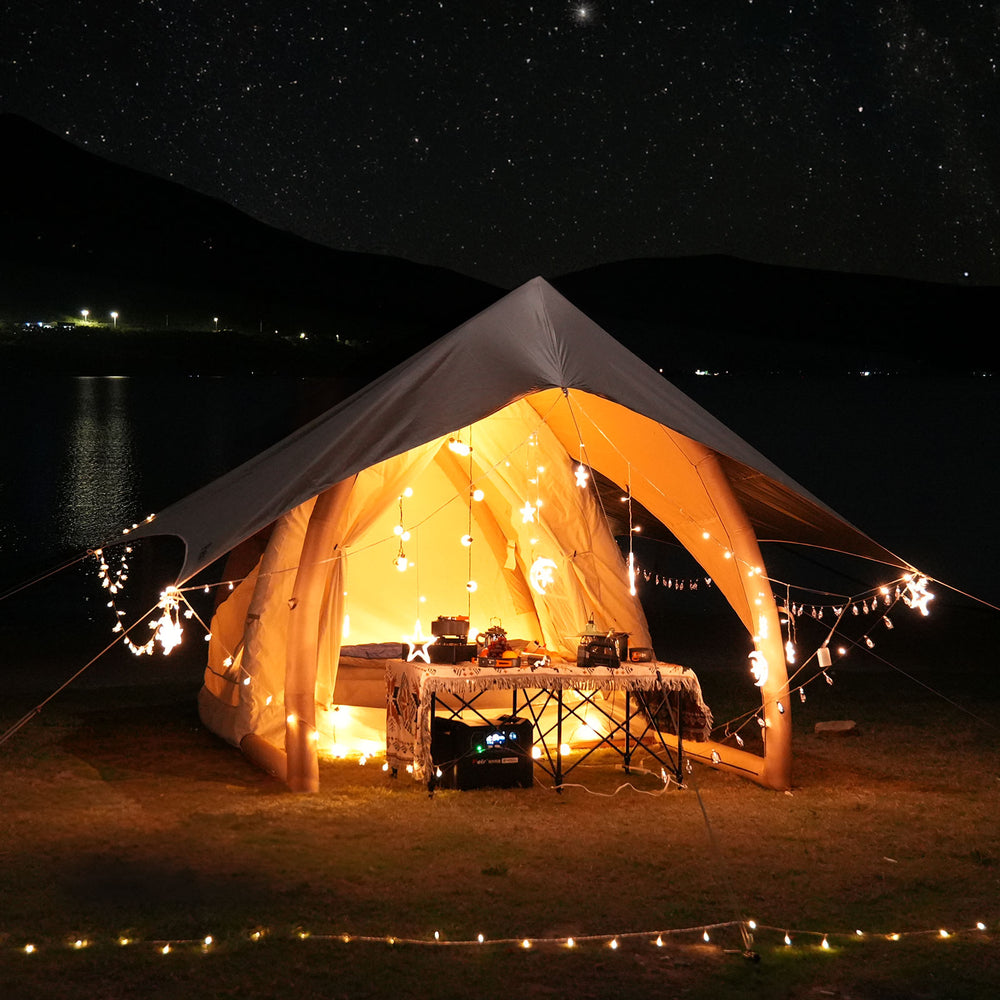 Peirhw Camping Waterproof Canopy (Cannot be Purchased Separately)
Peirhw Camping Waterproof Canopy (Cannot be Purchased Separately)
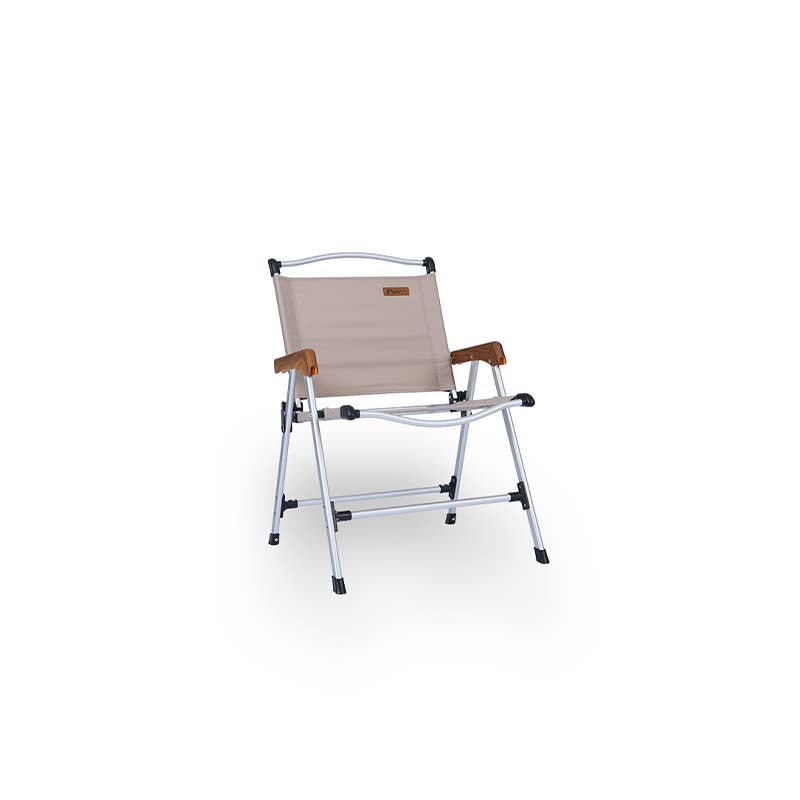
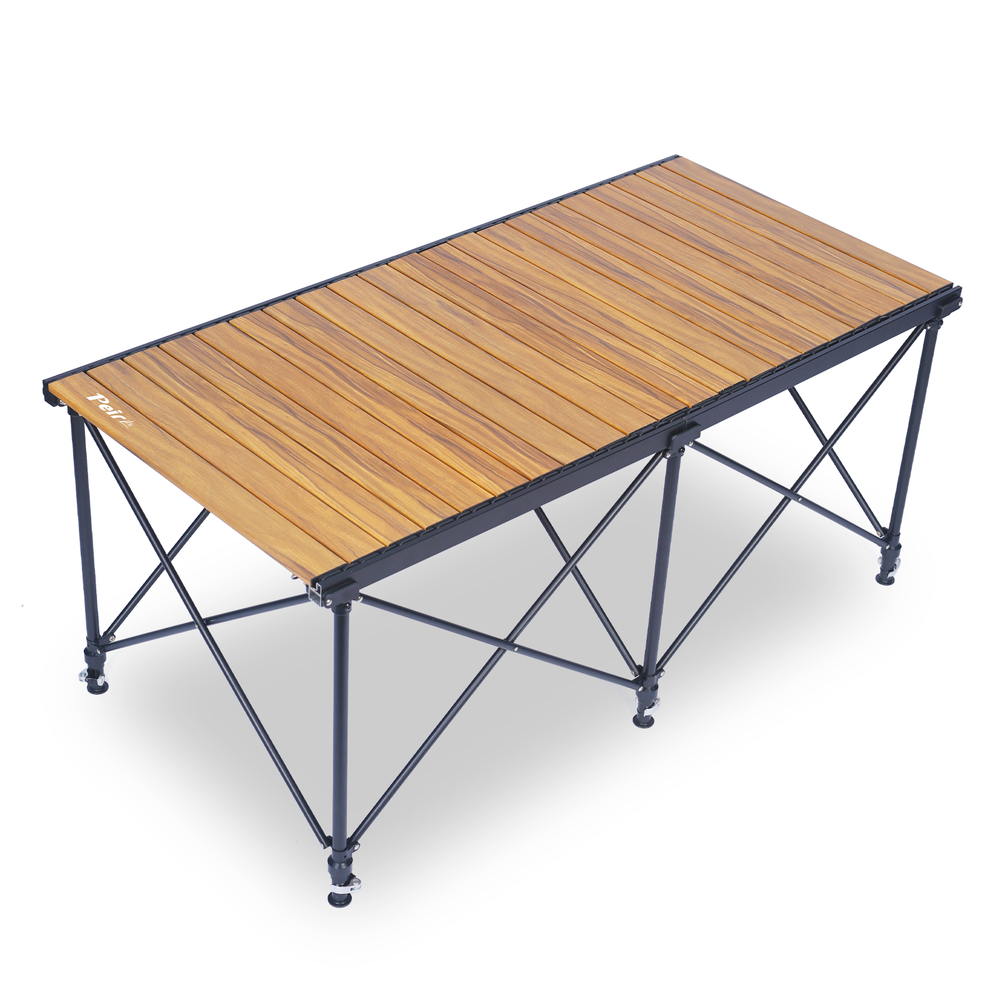
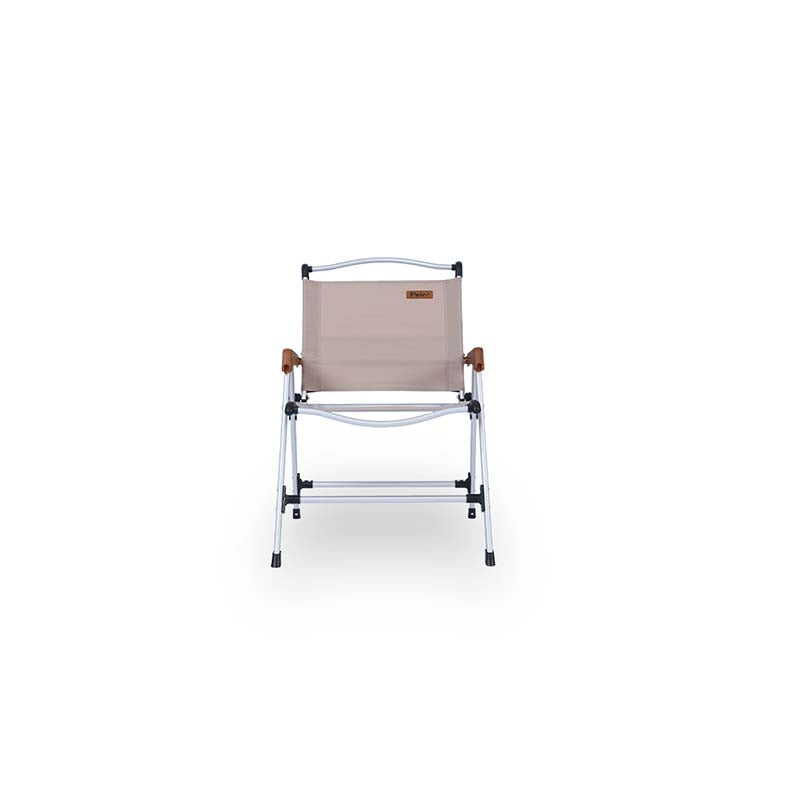 Peirhw Outdoor Folding Chairs
Peirhw Outdoor Folding Chairs
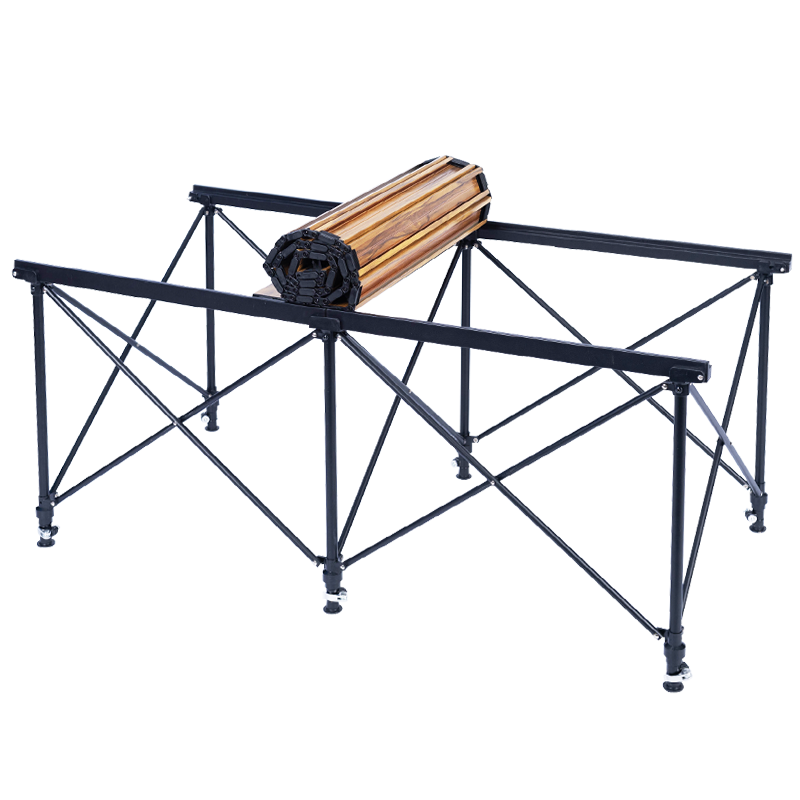 Peirhw Folding Camping Table
Peirhw Folding Camping Table





